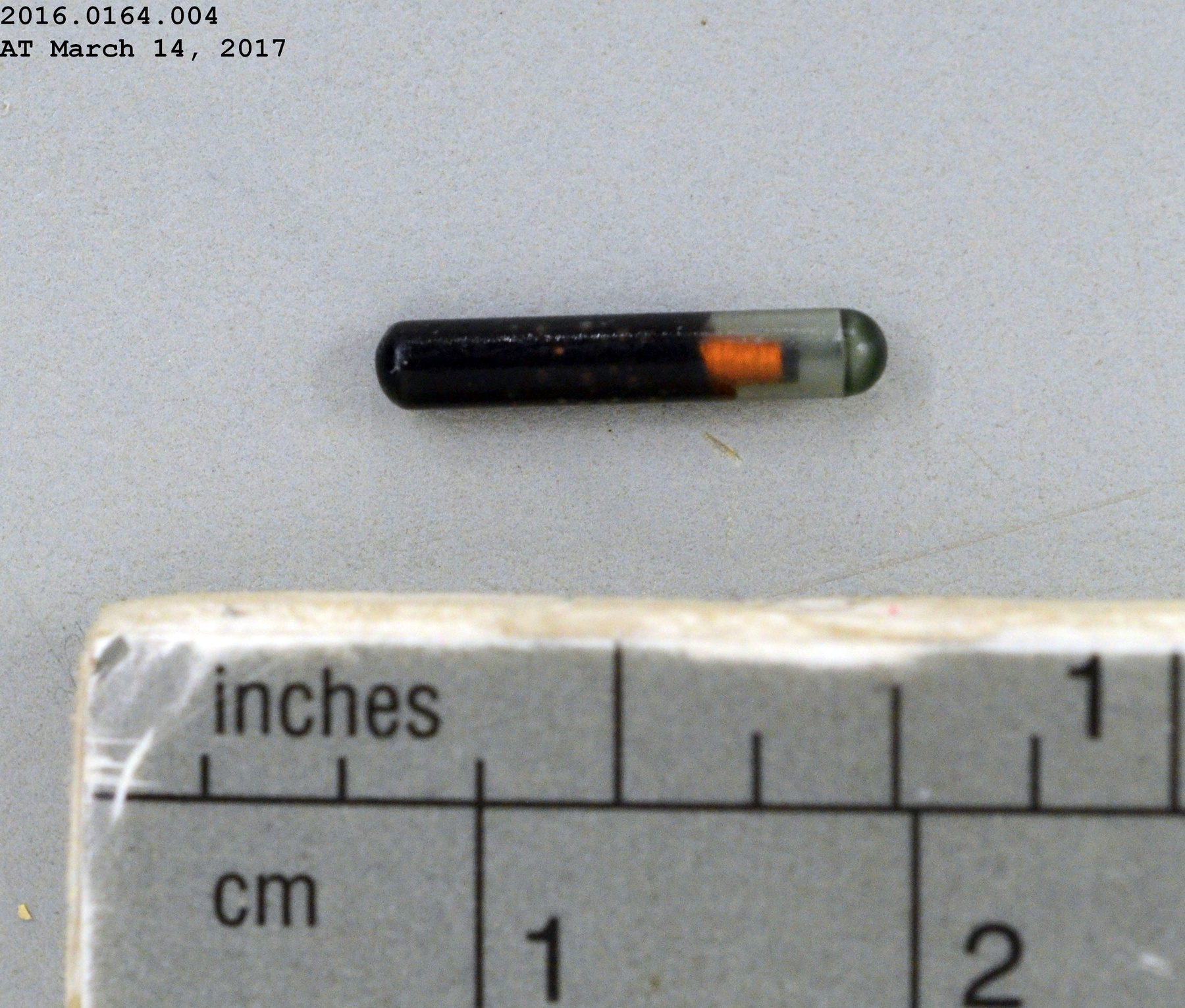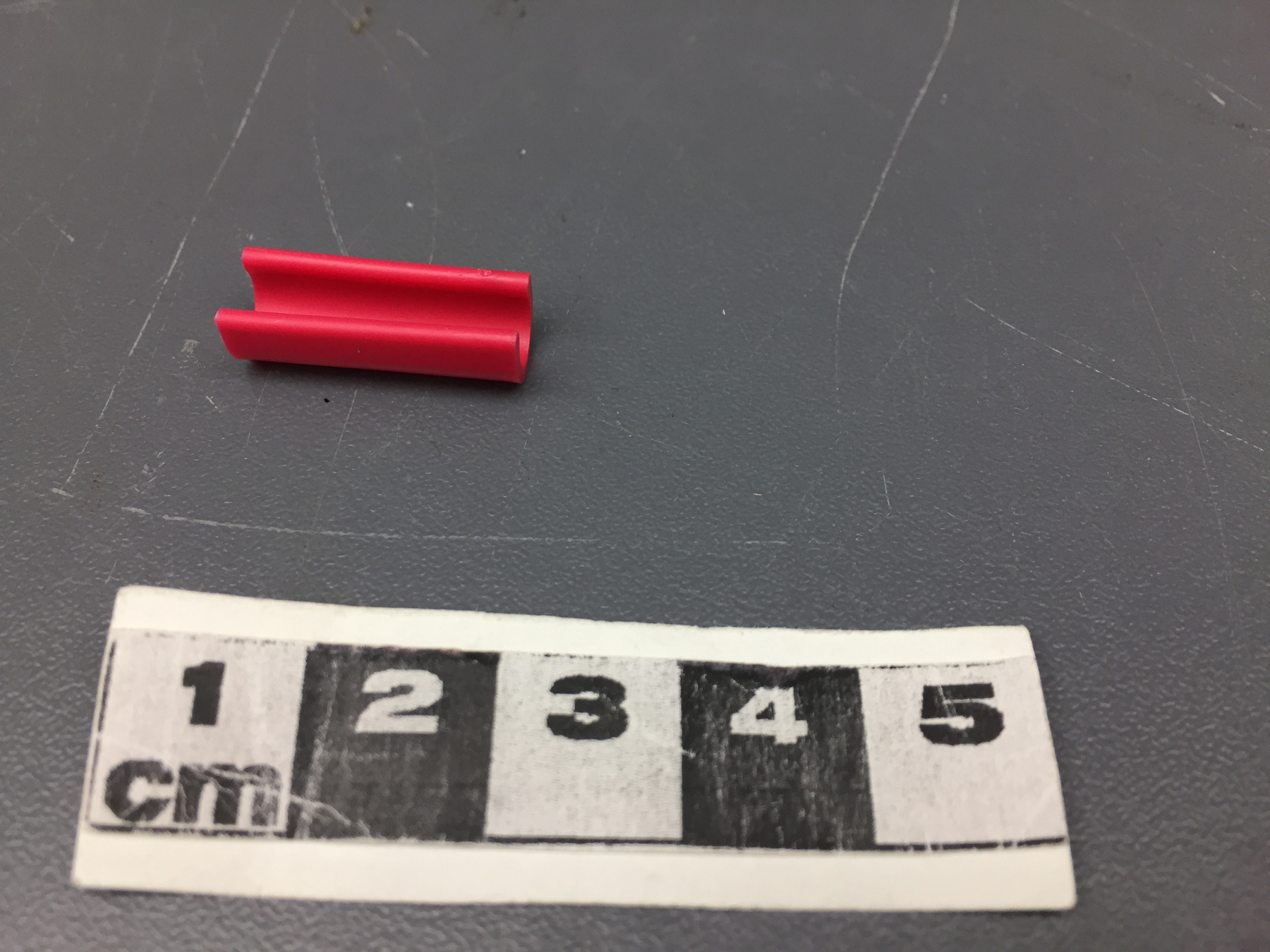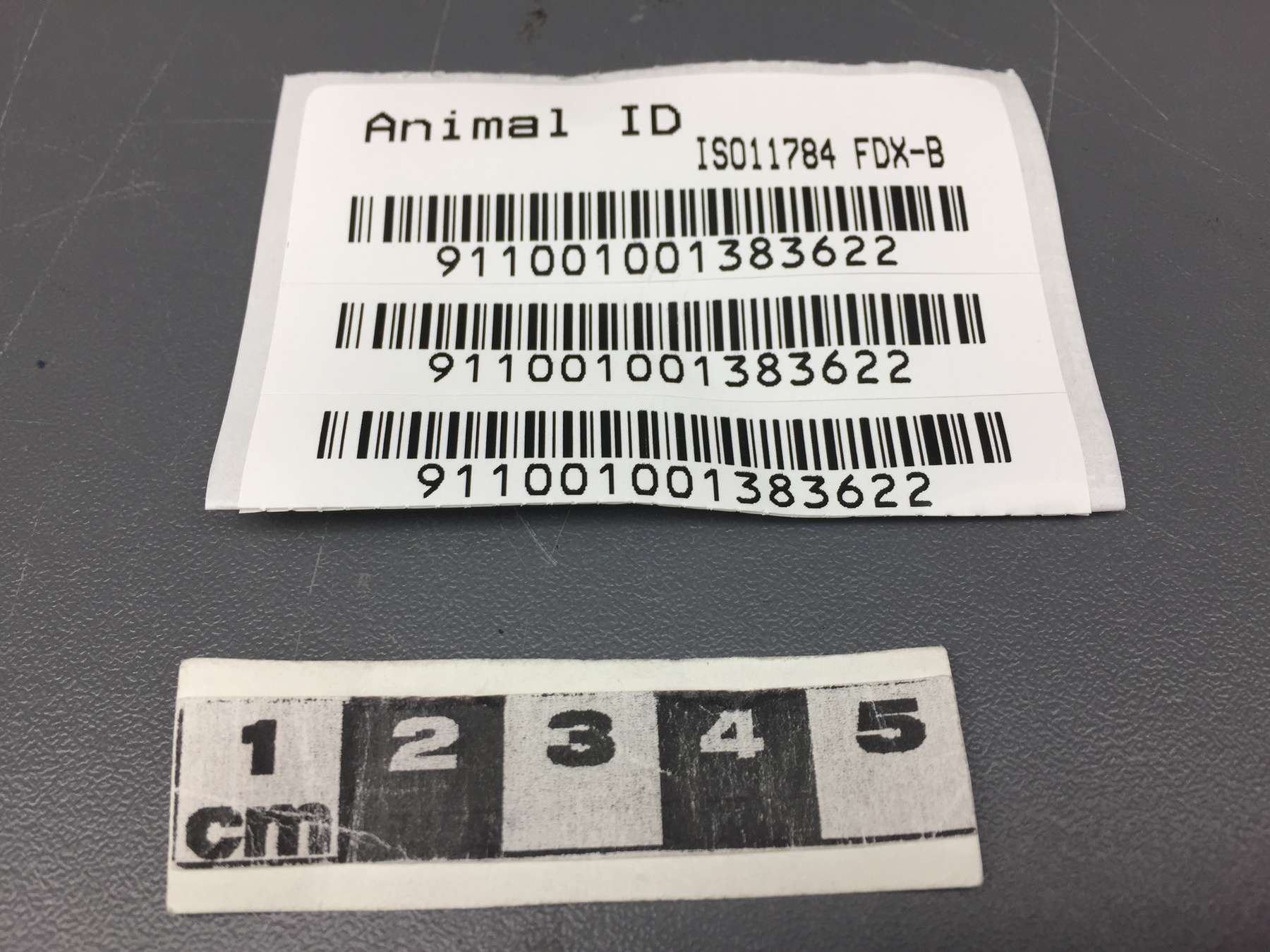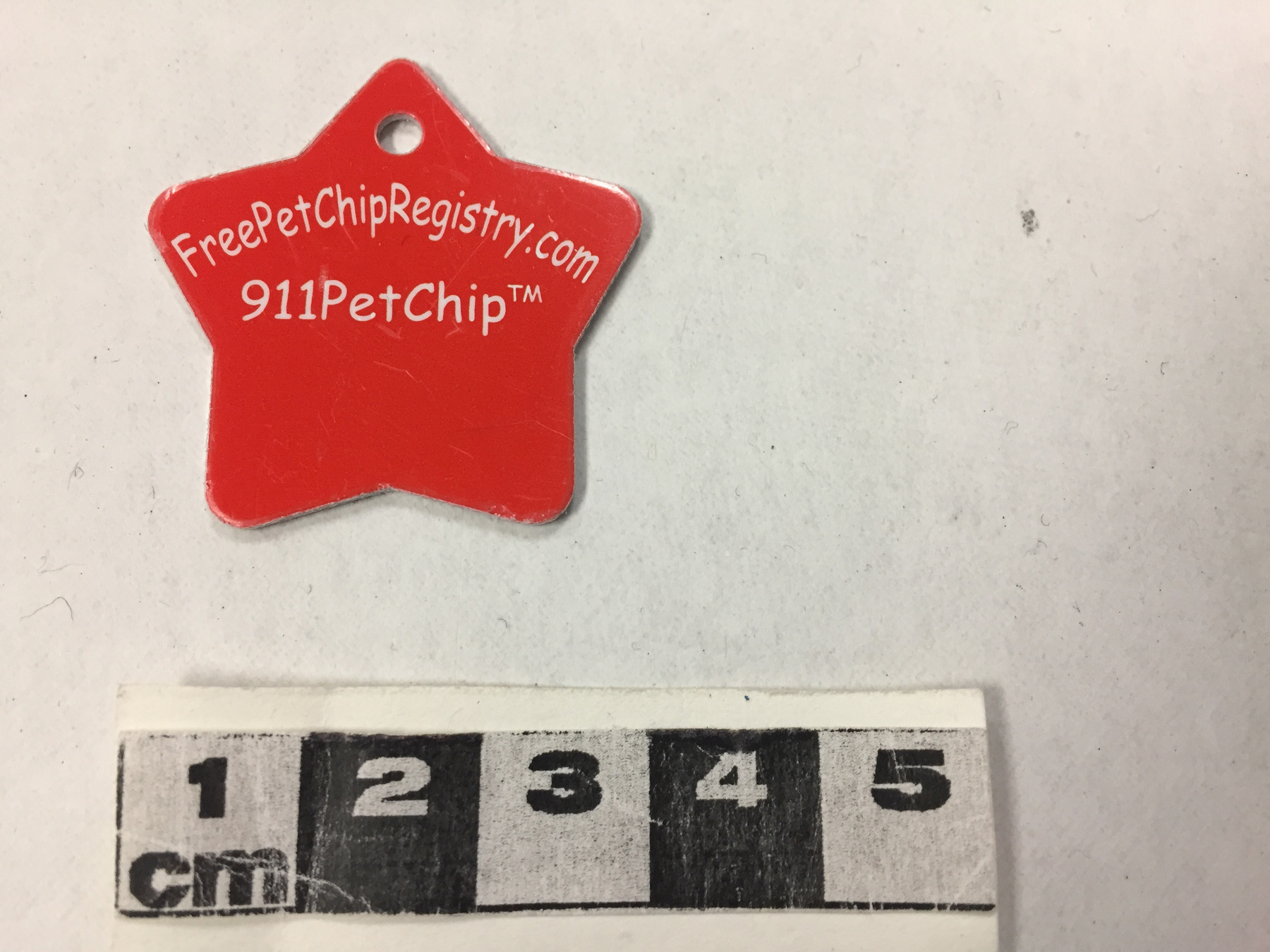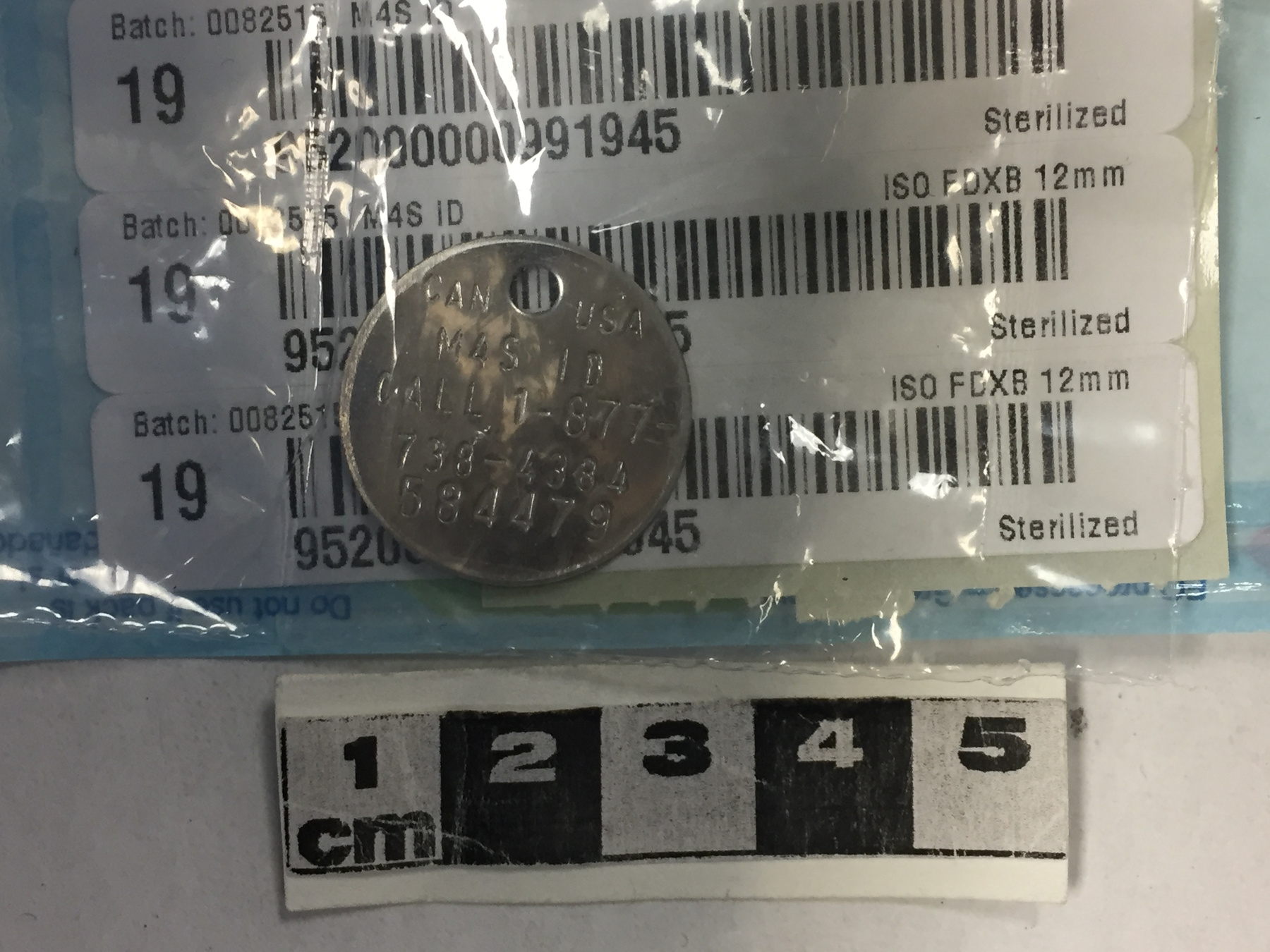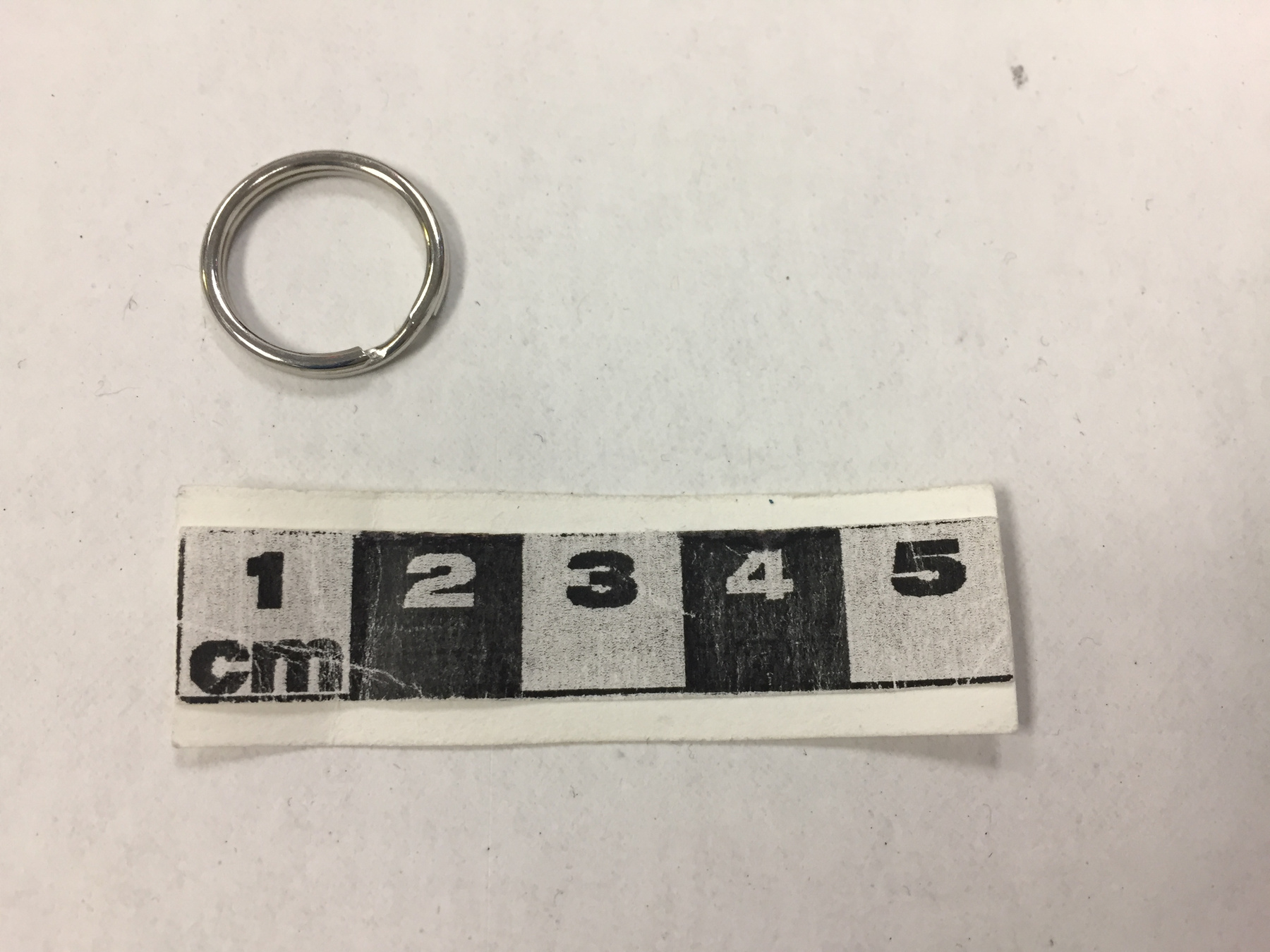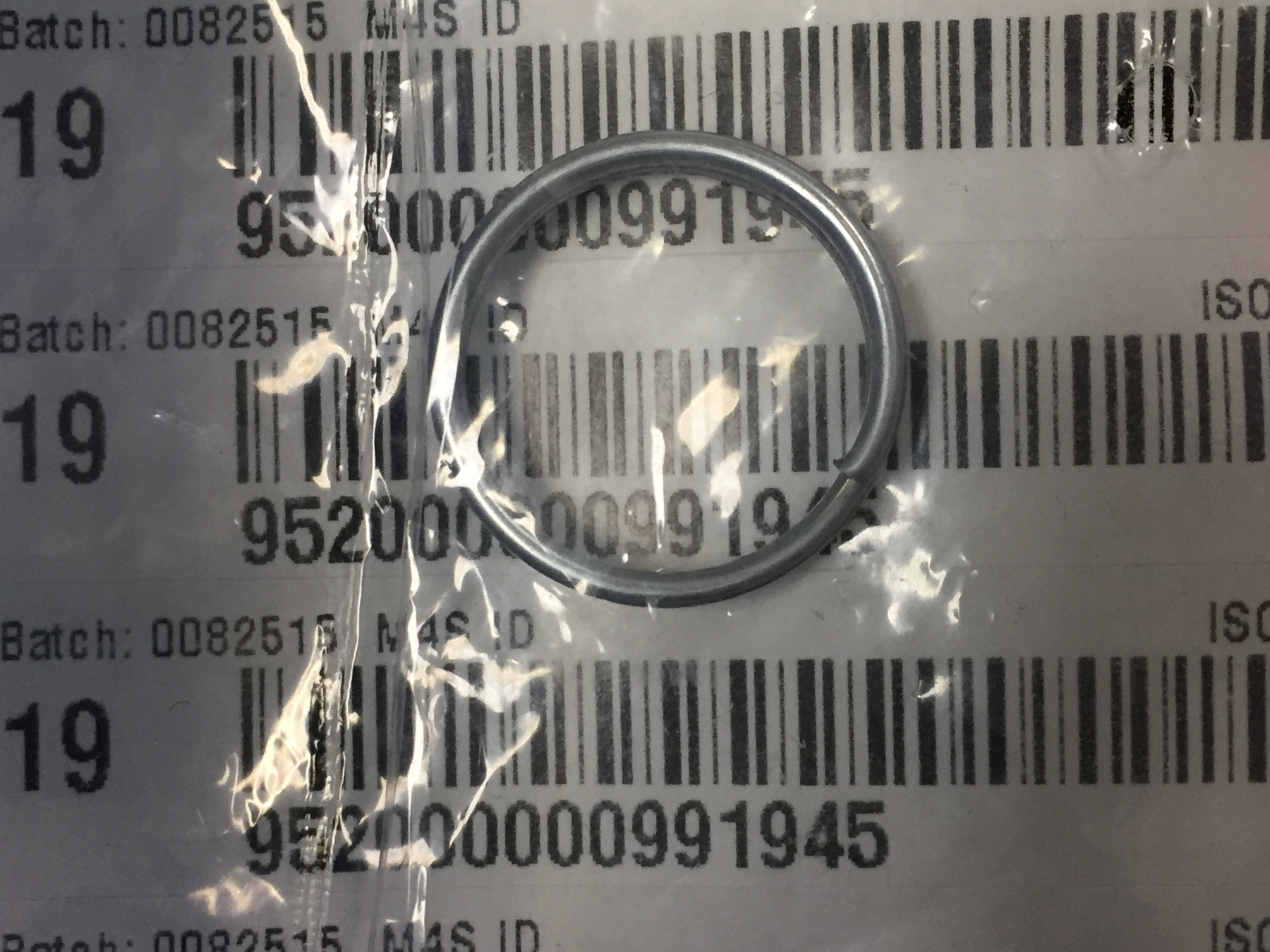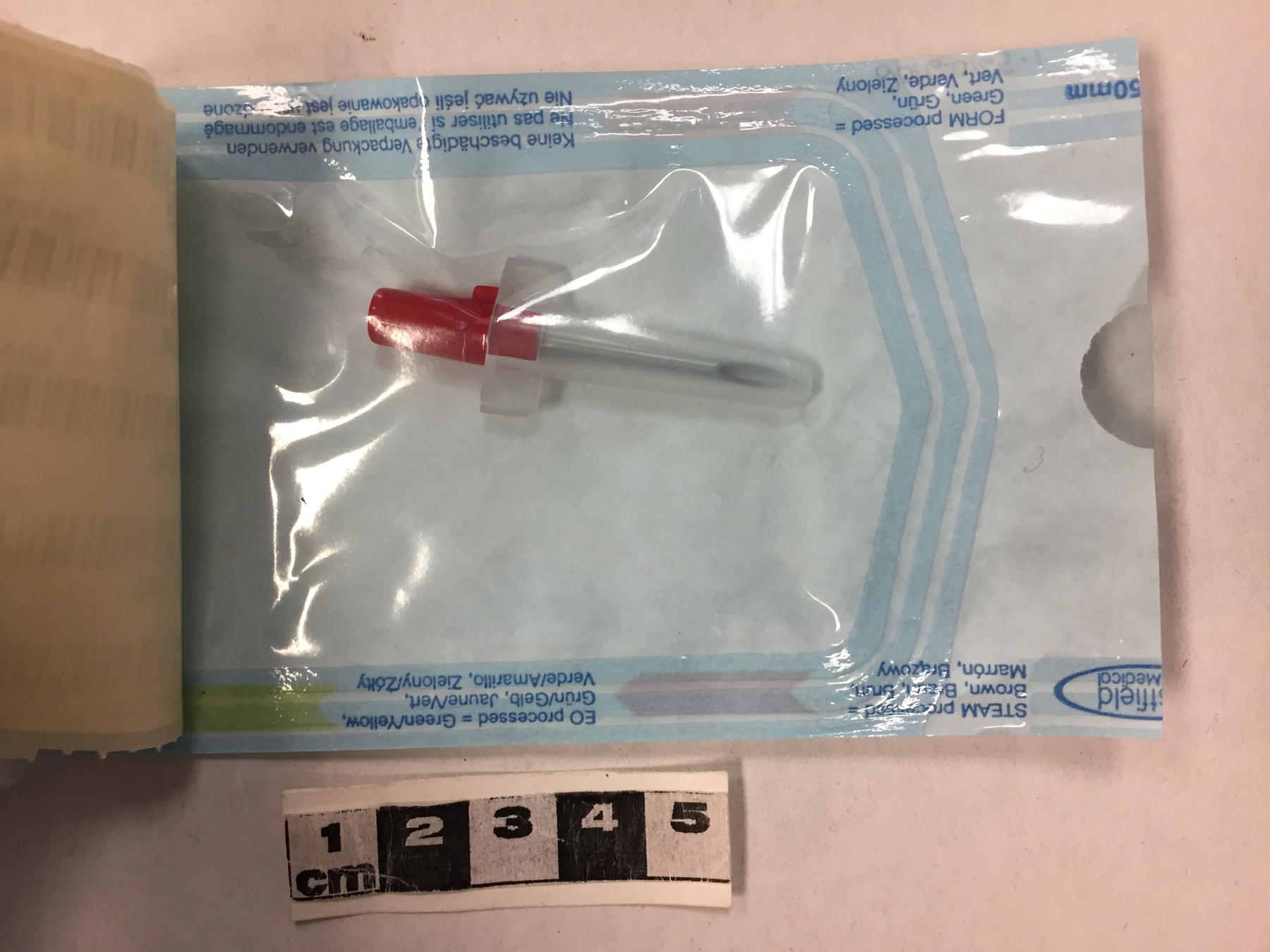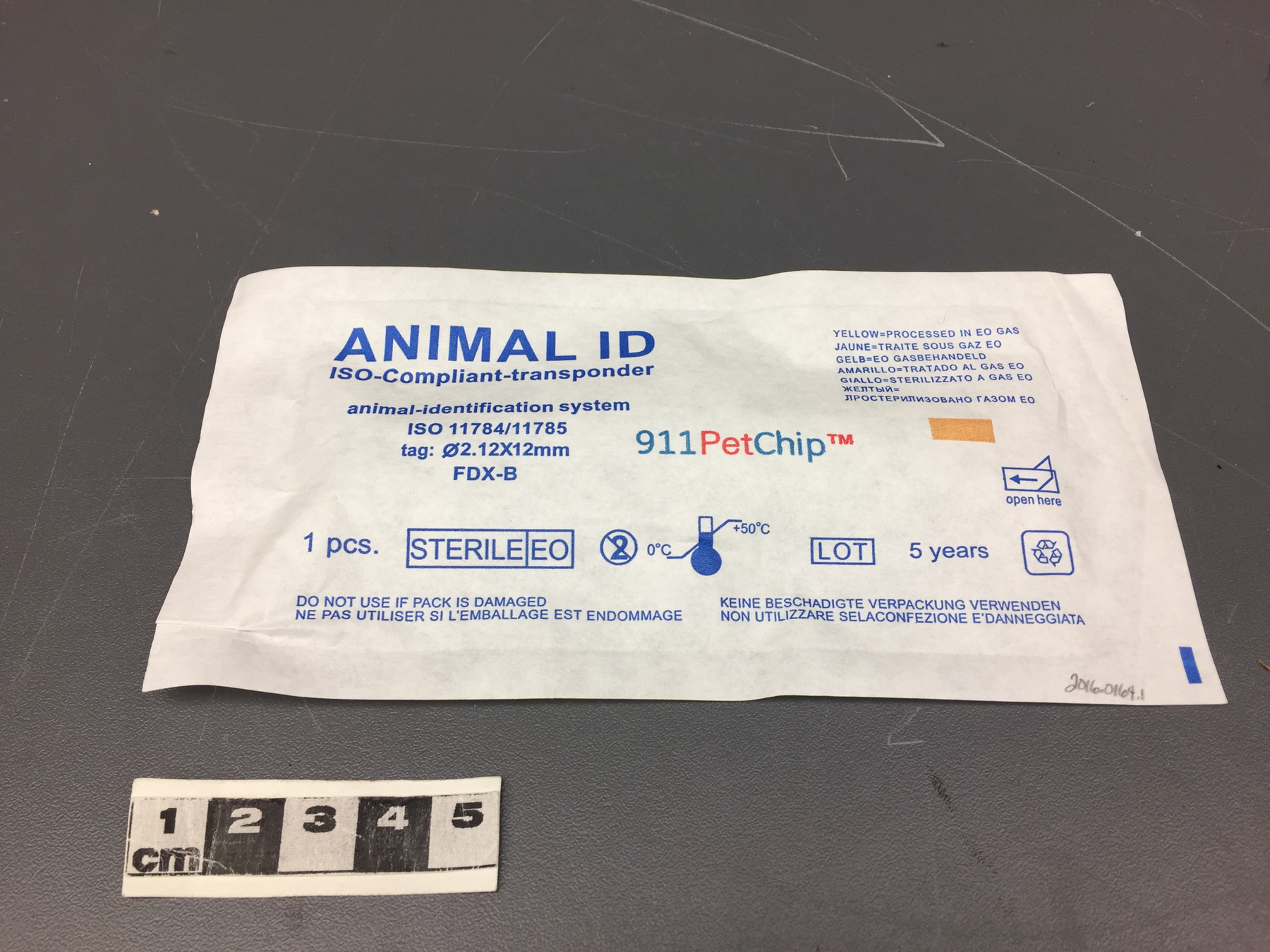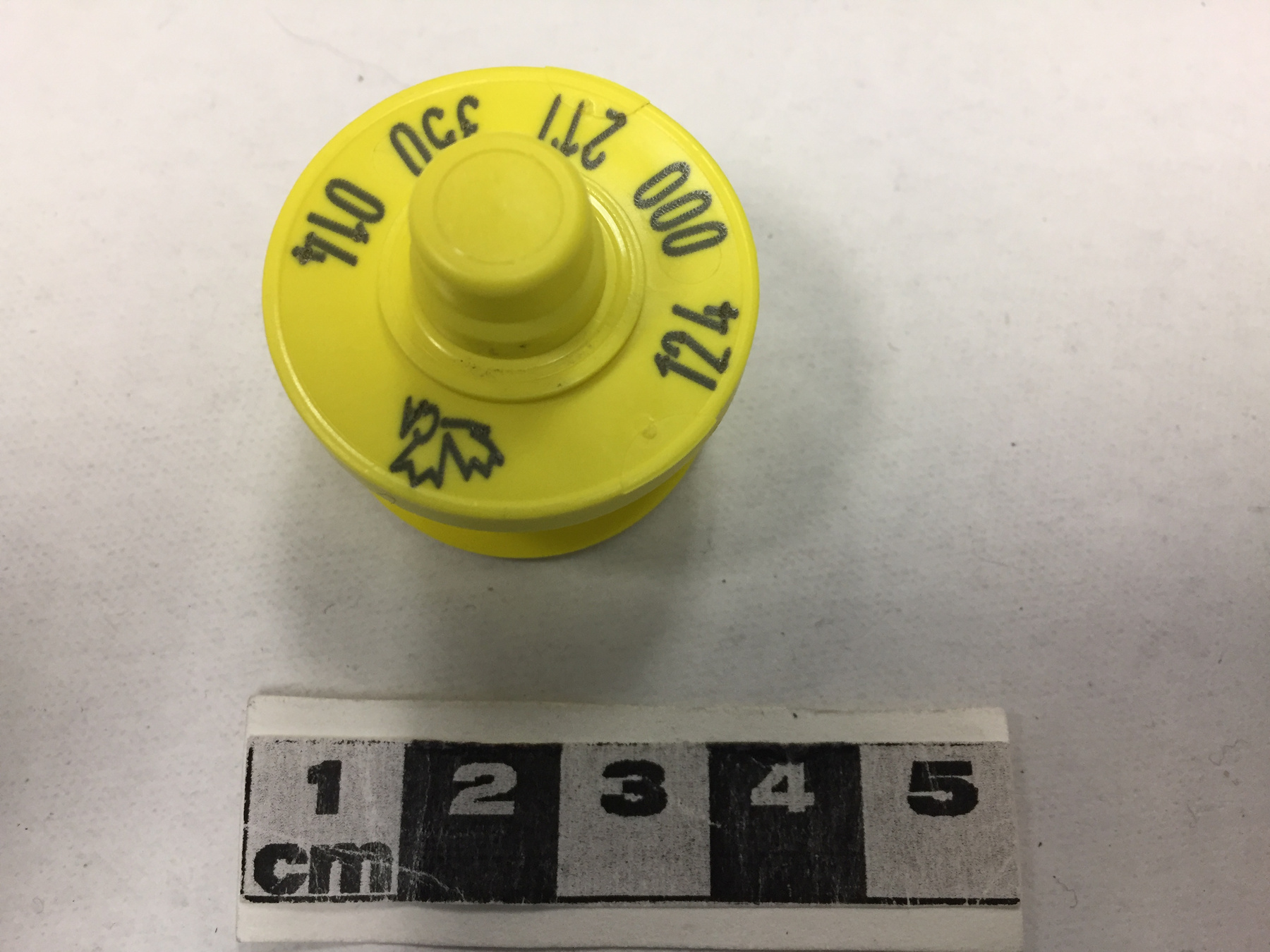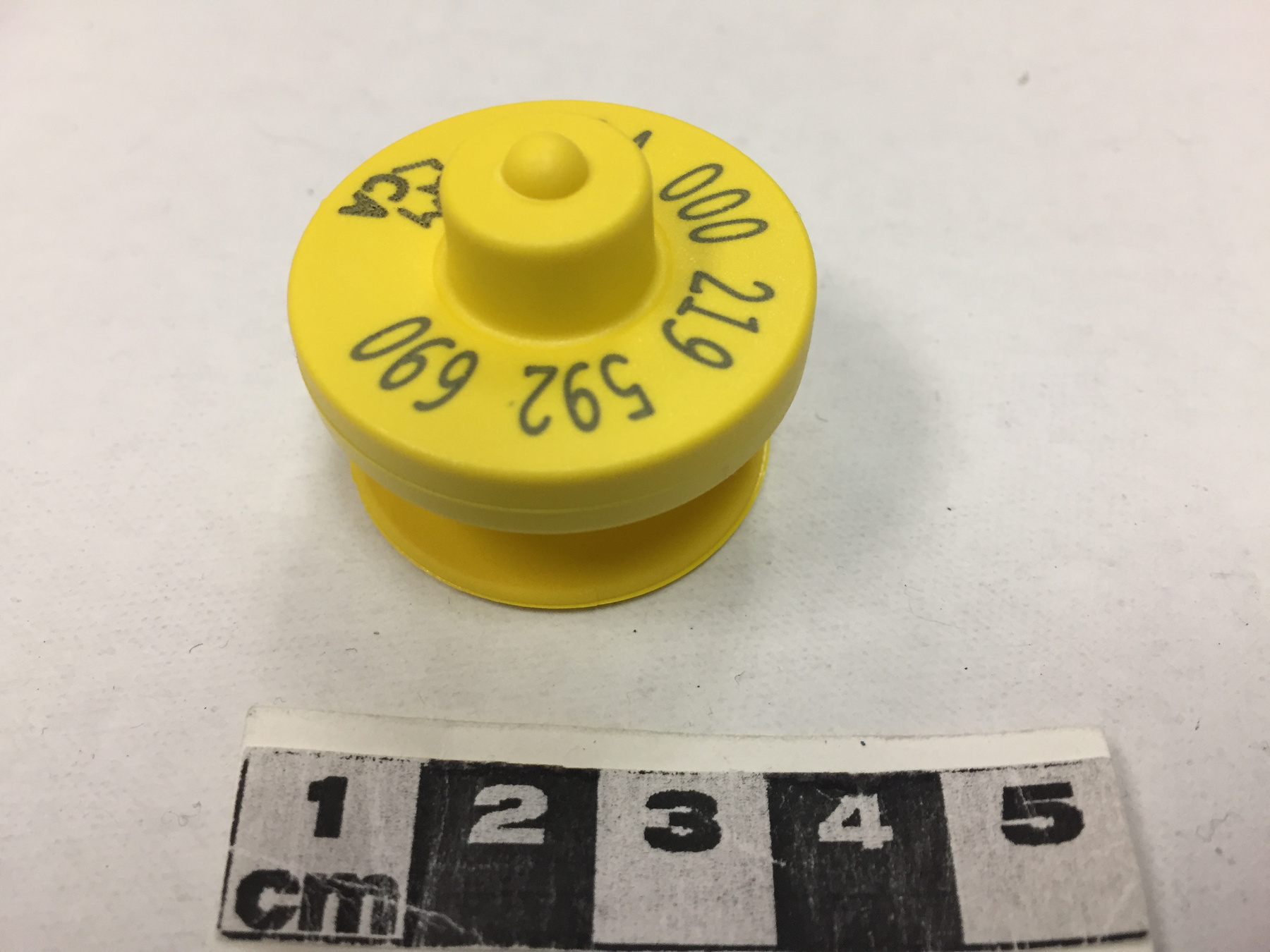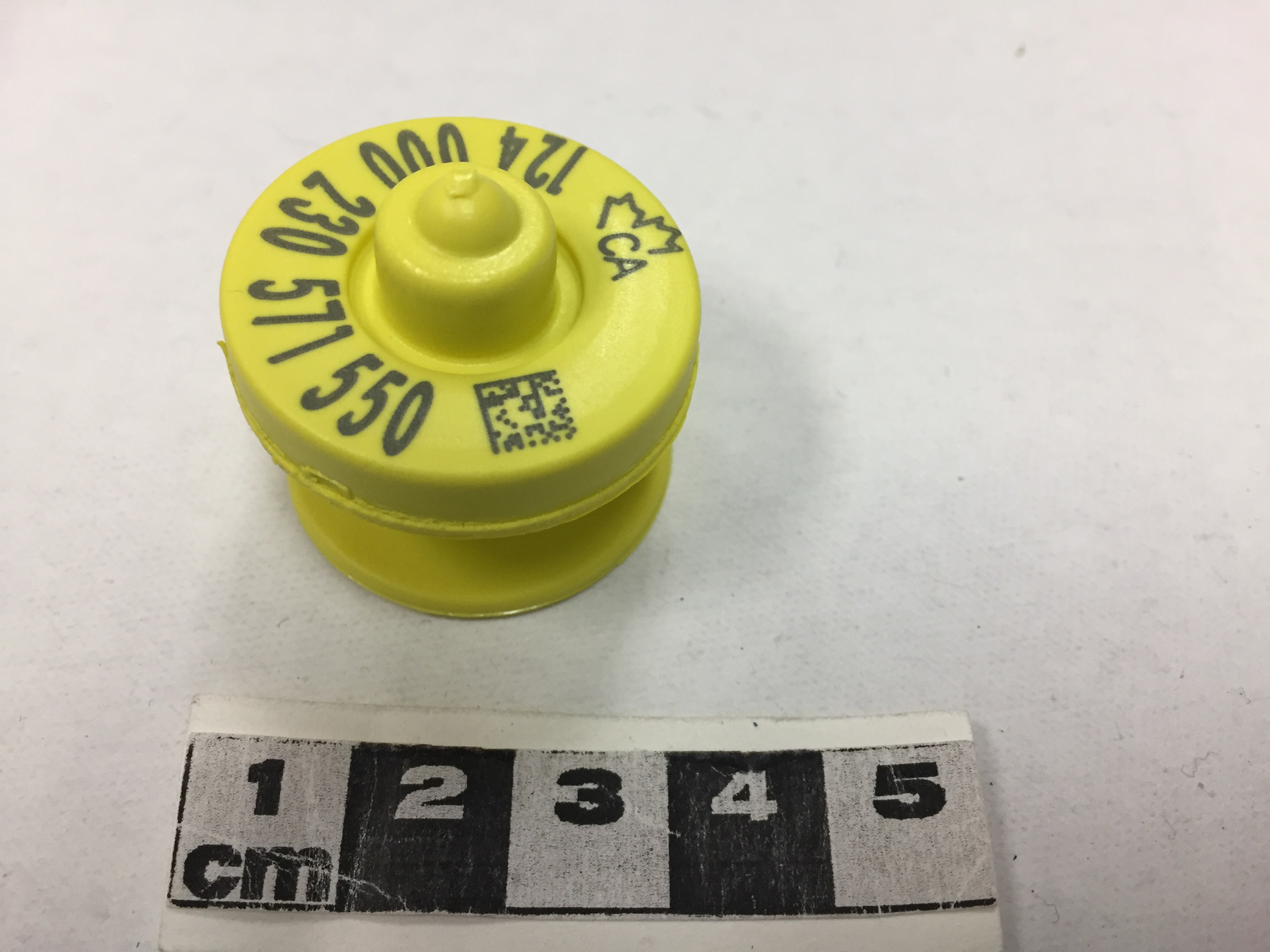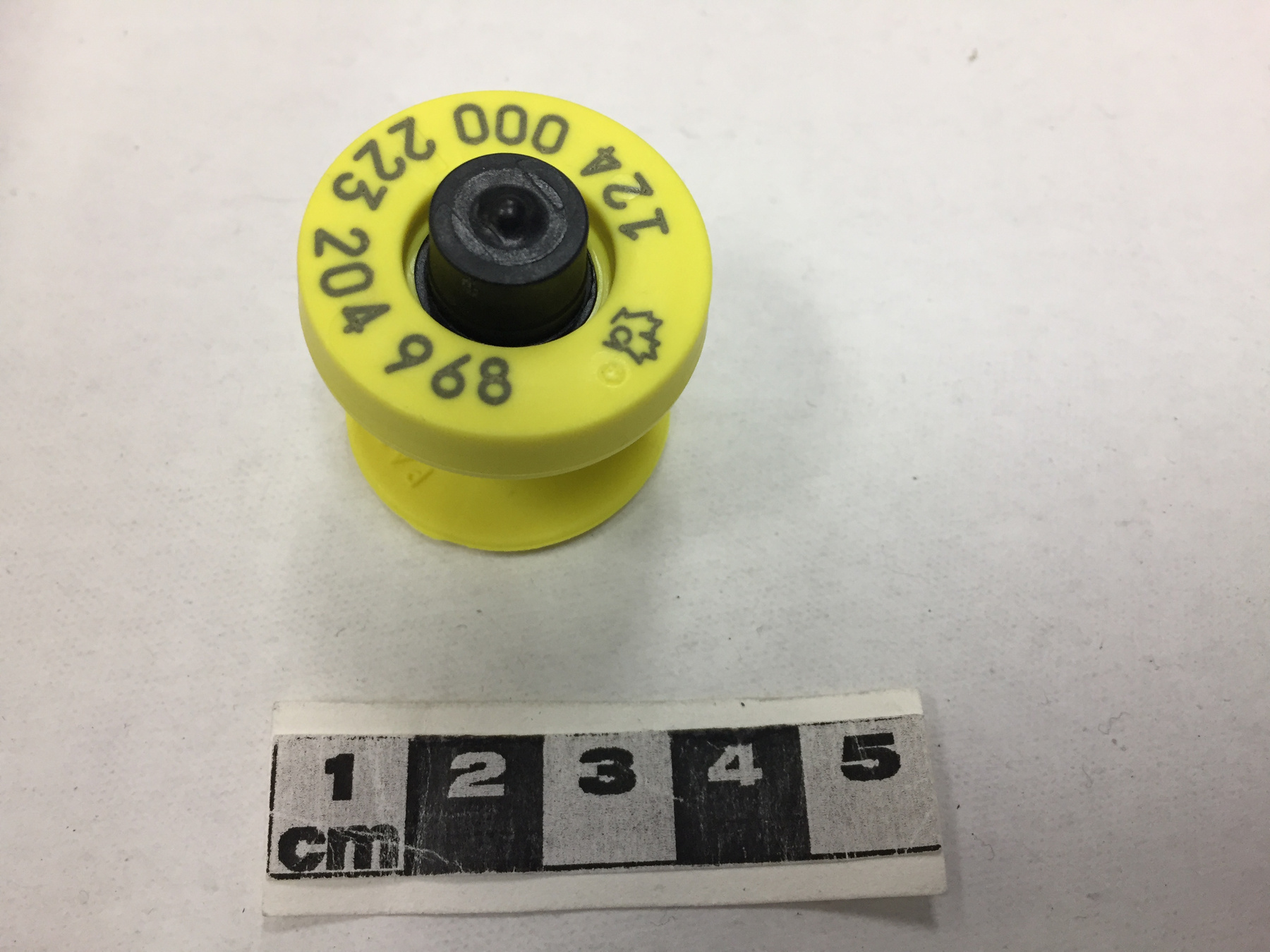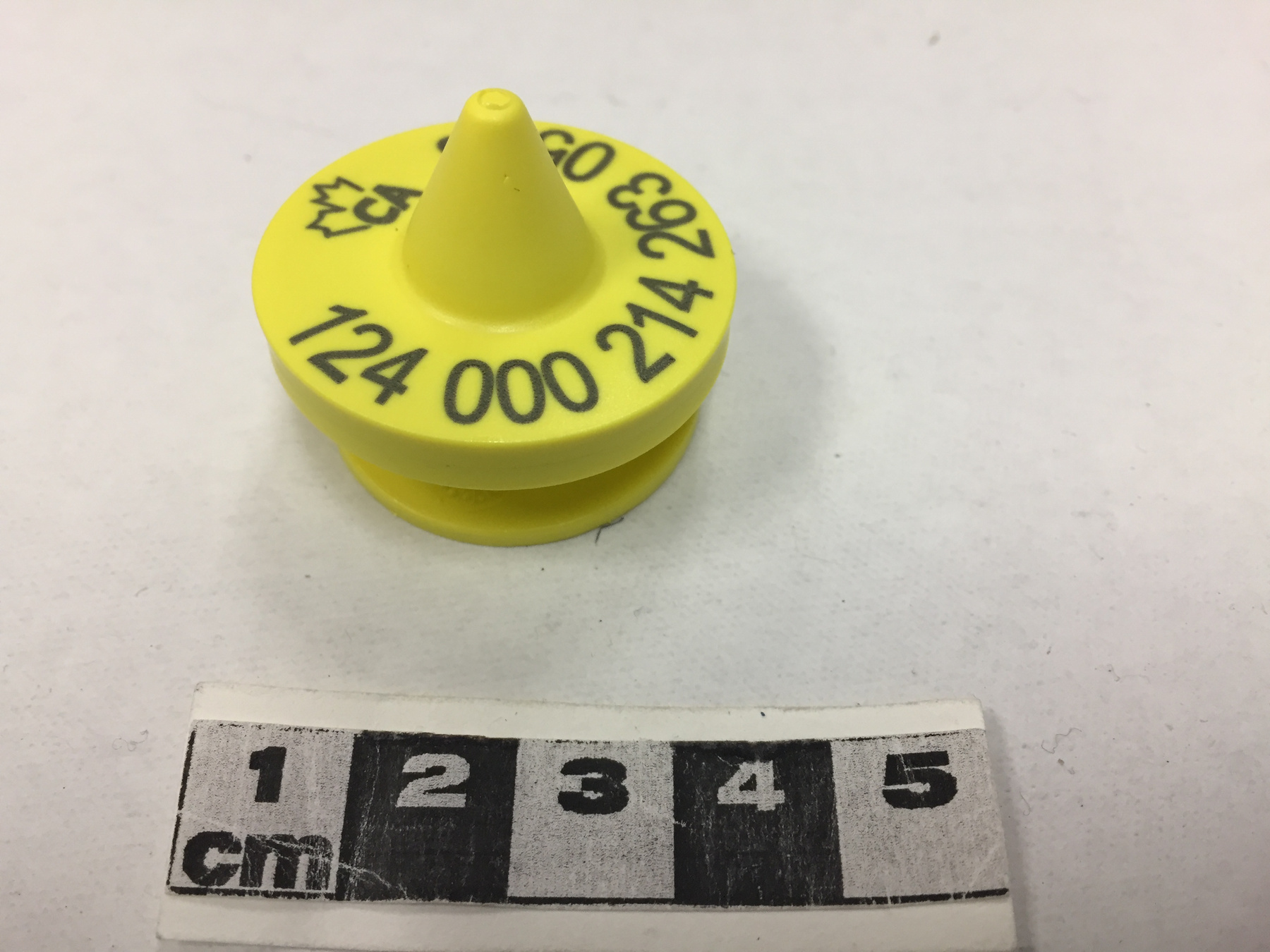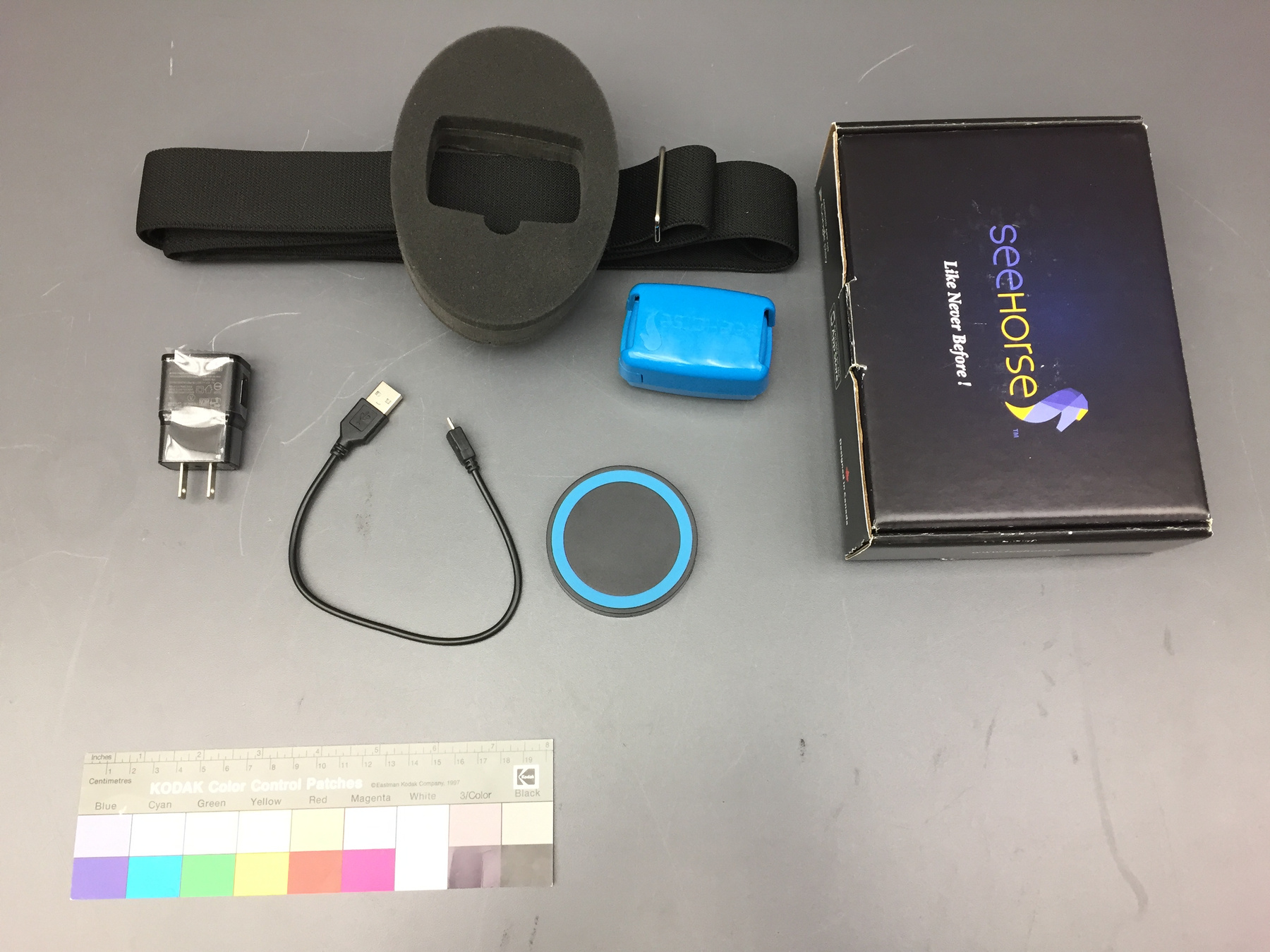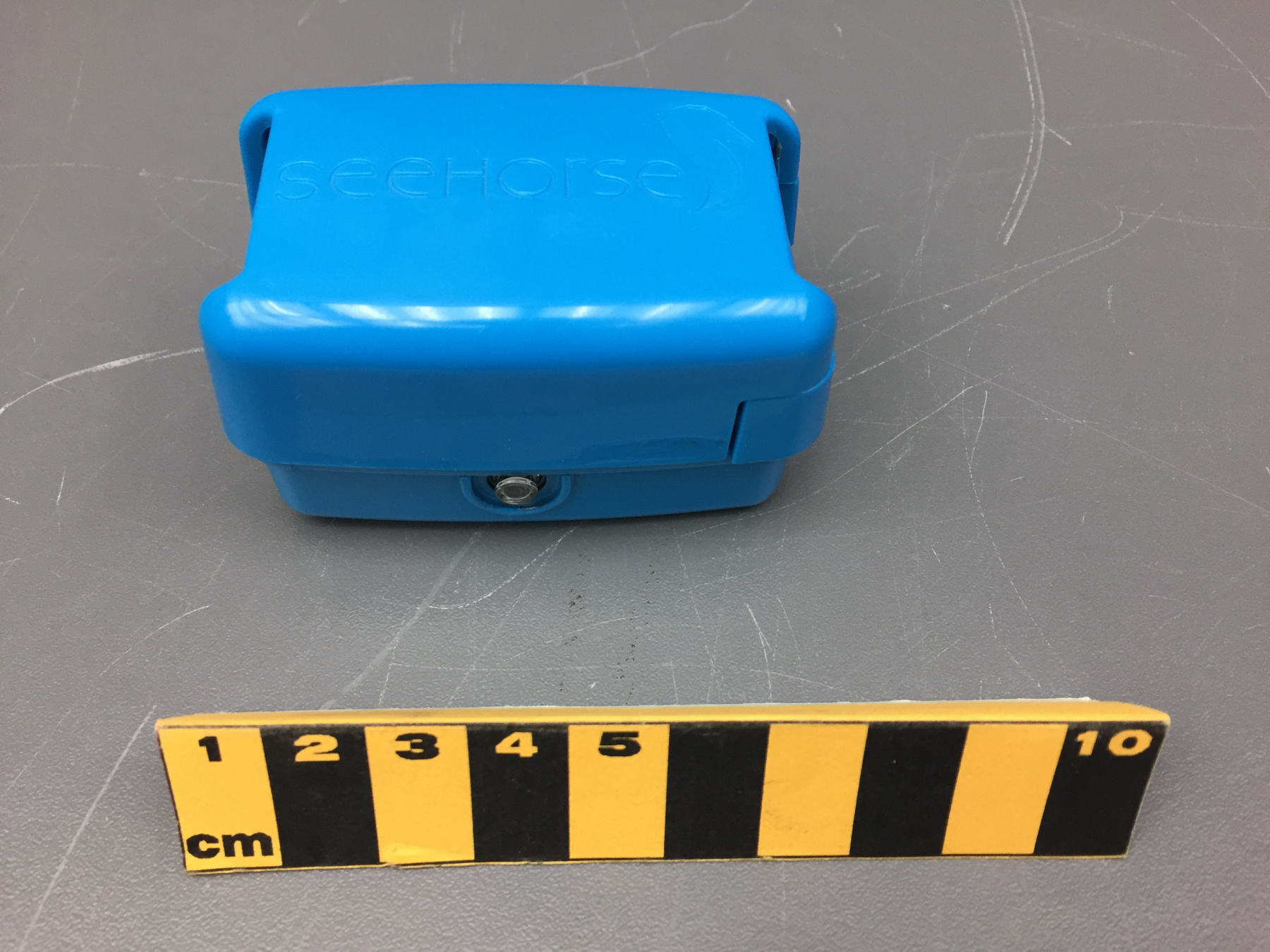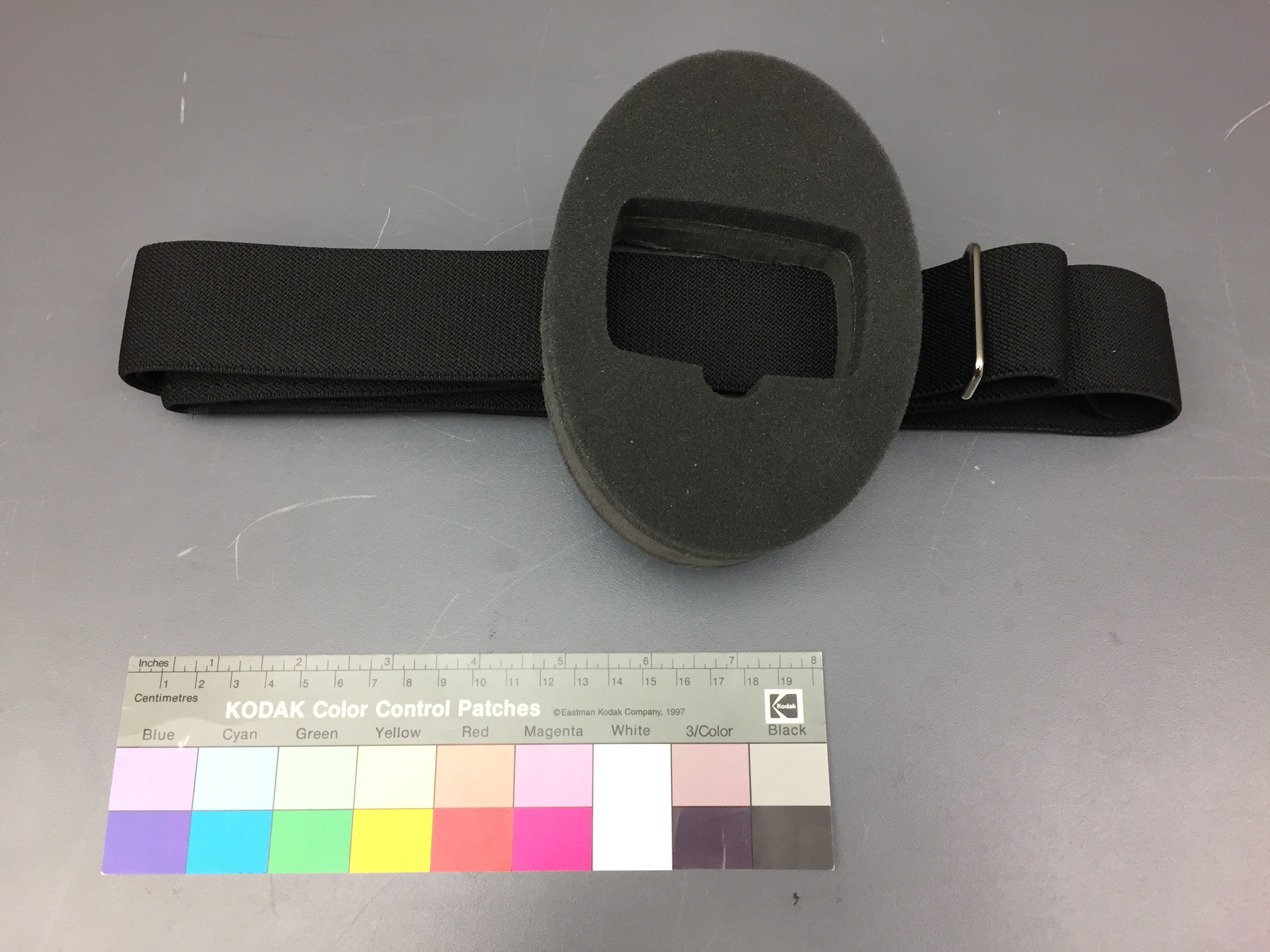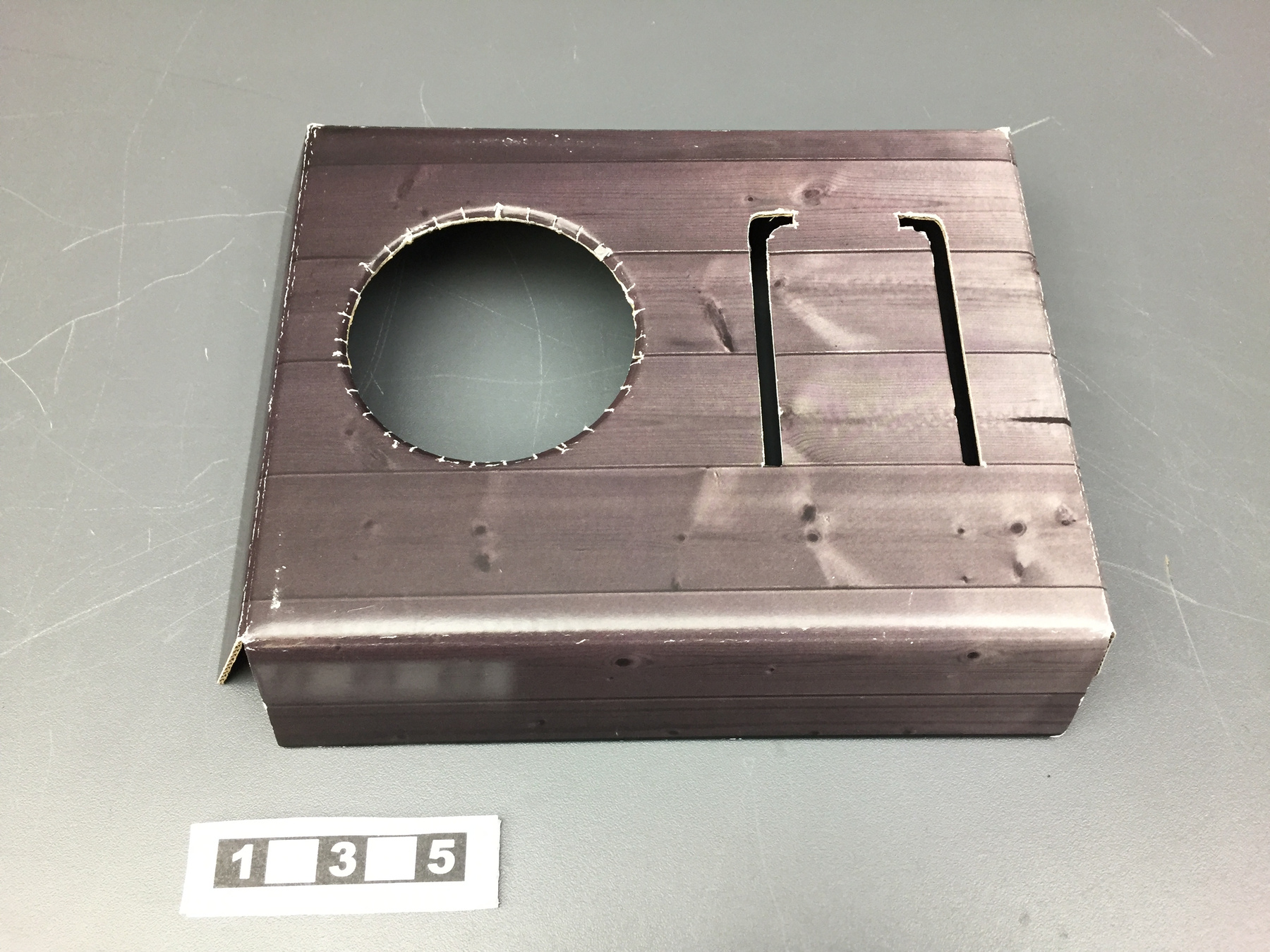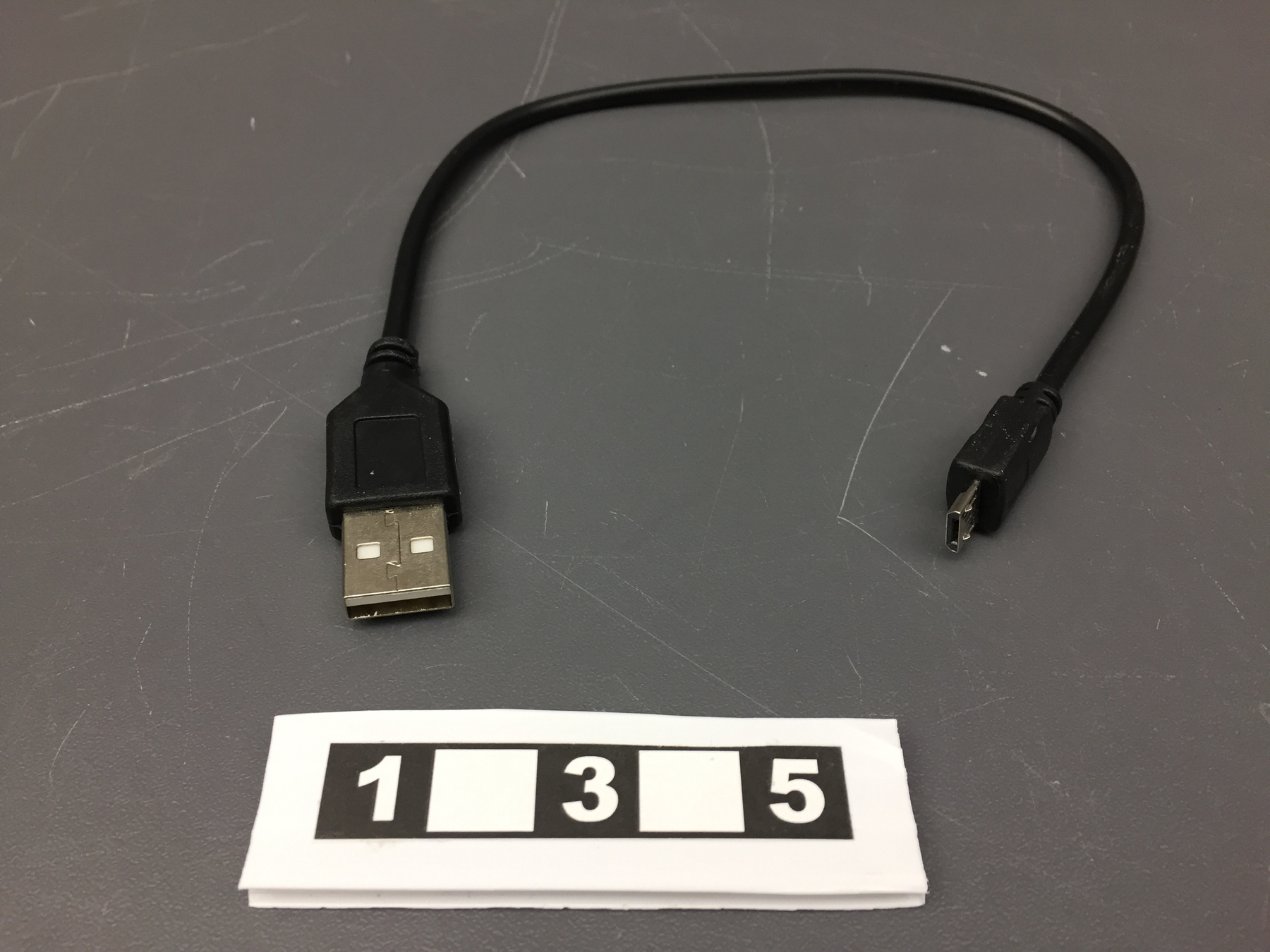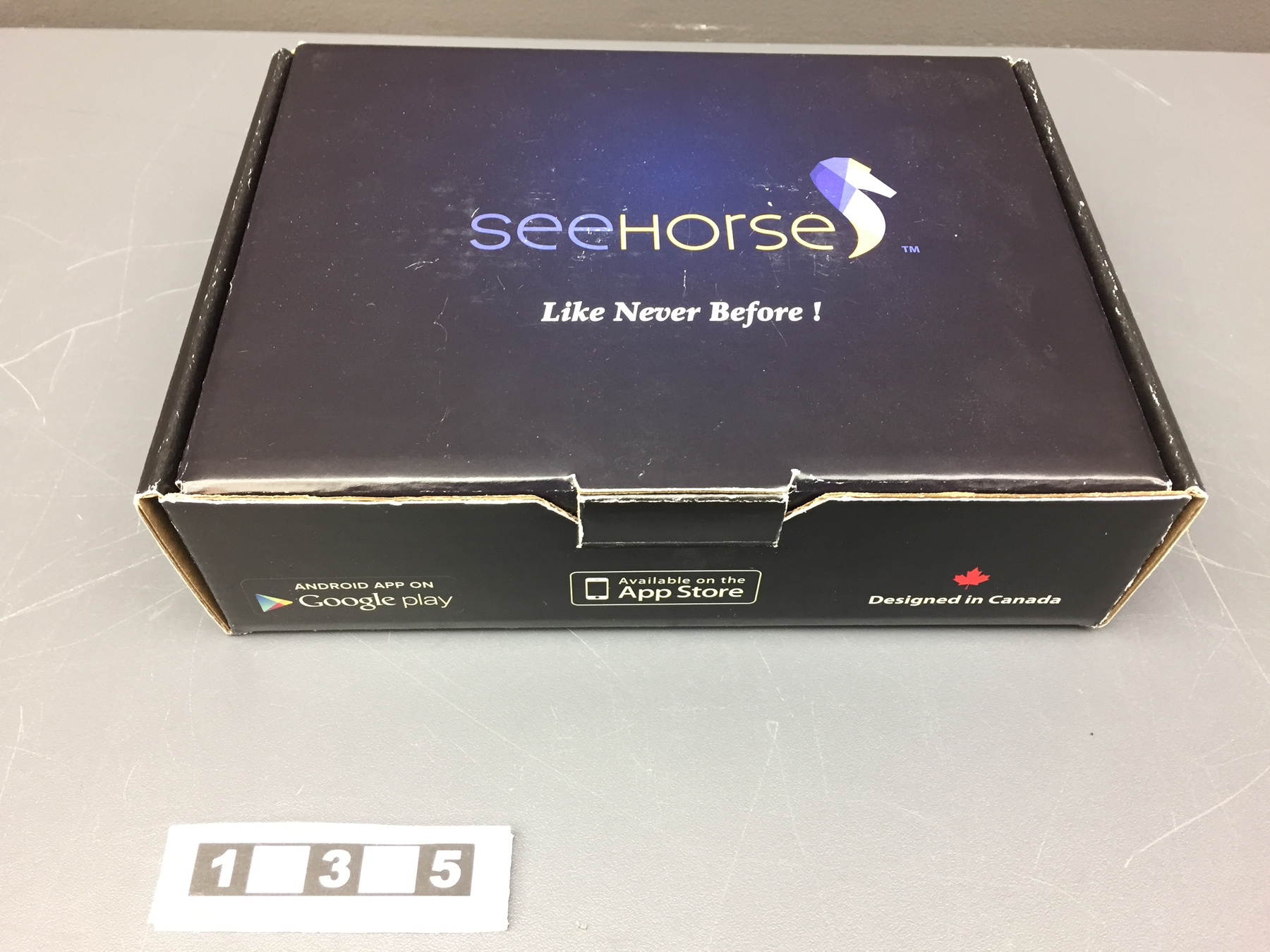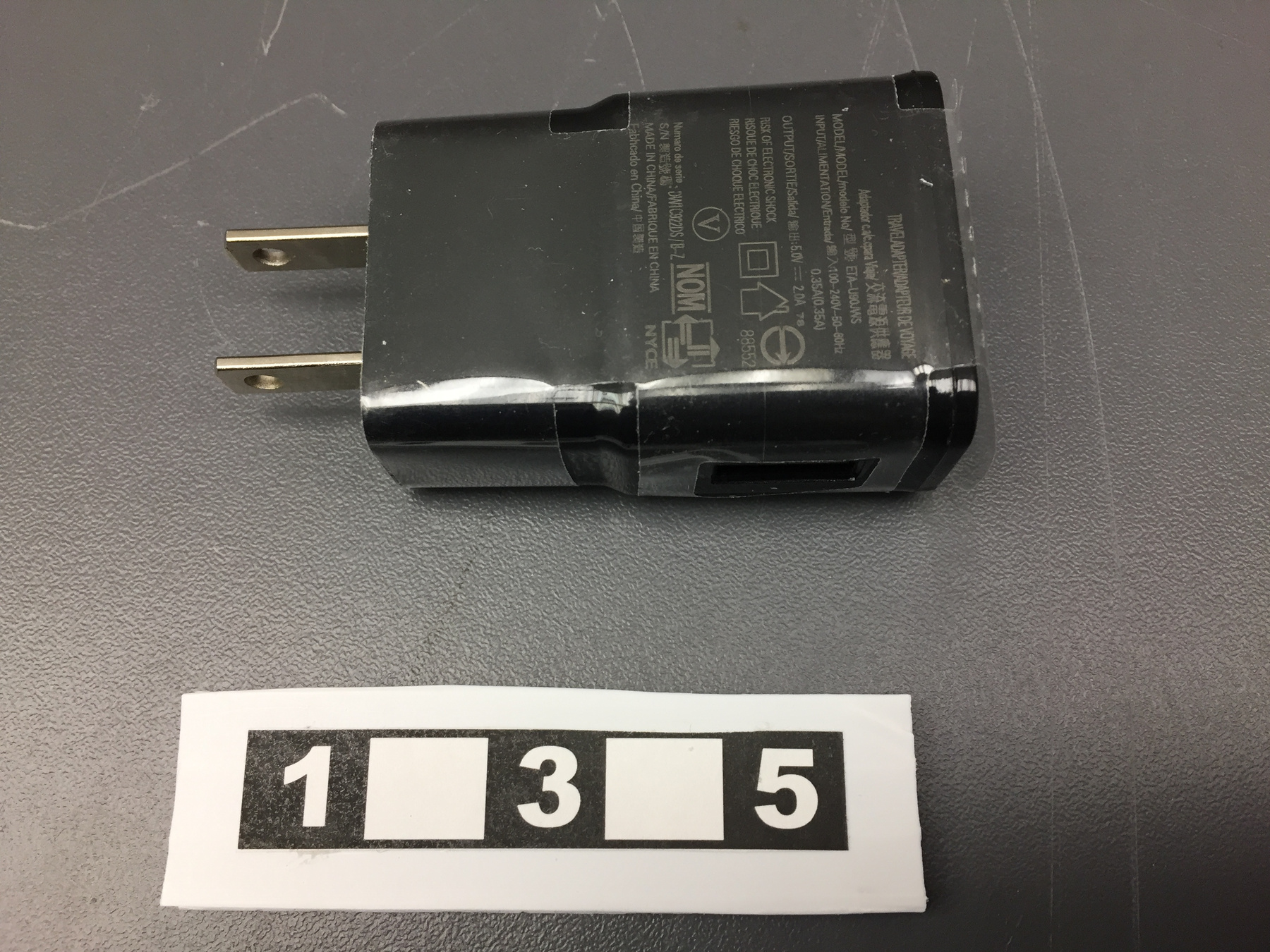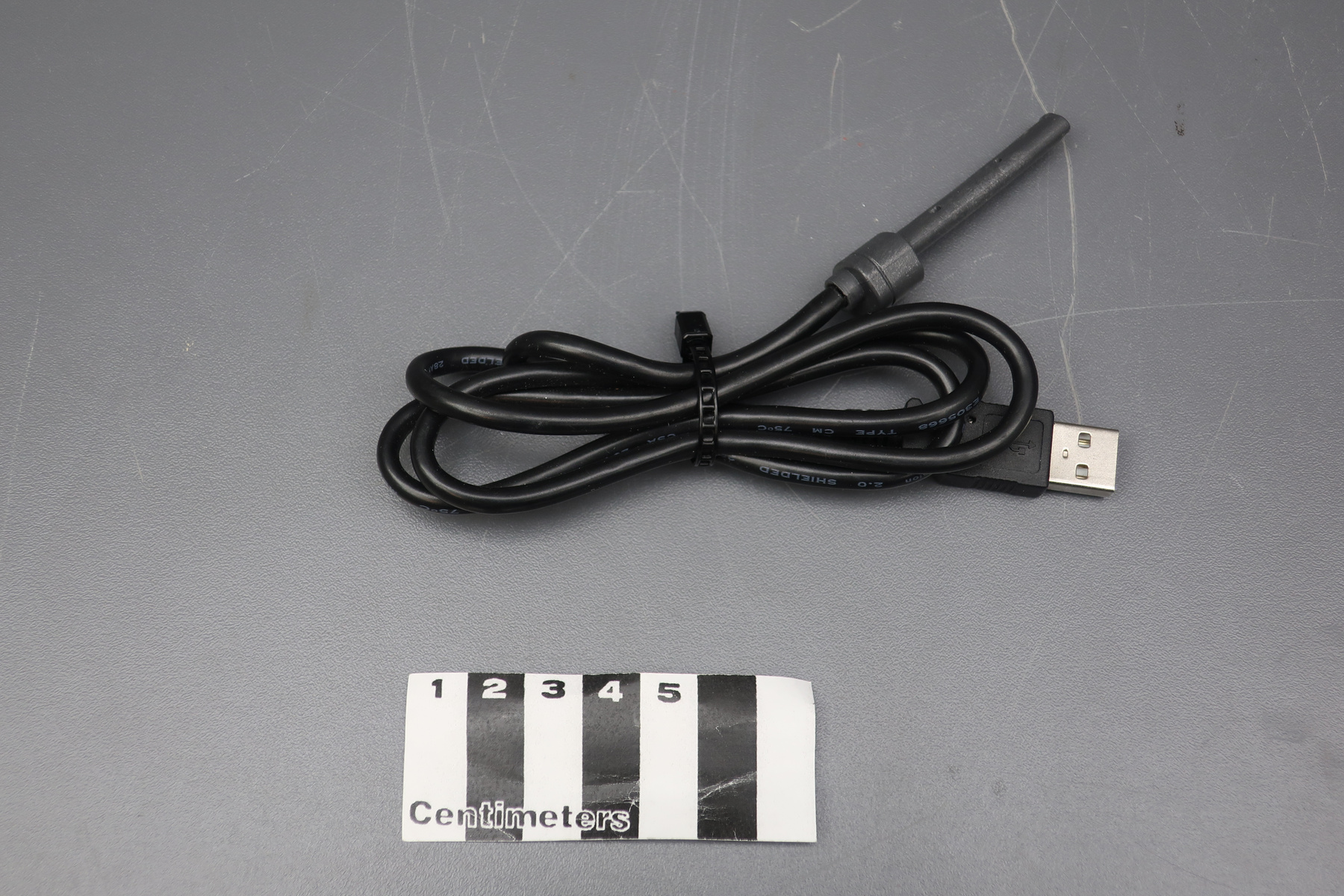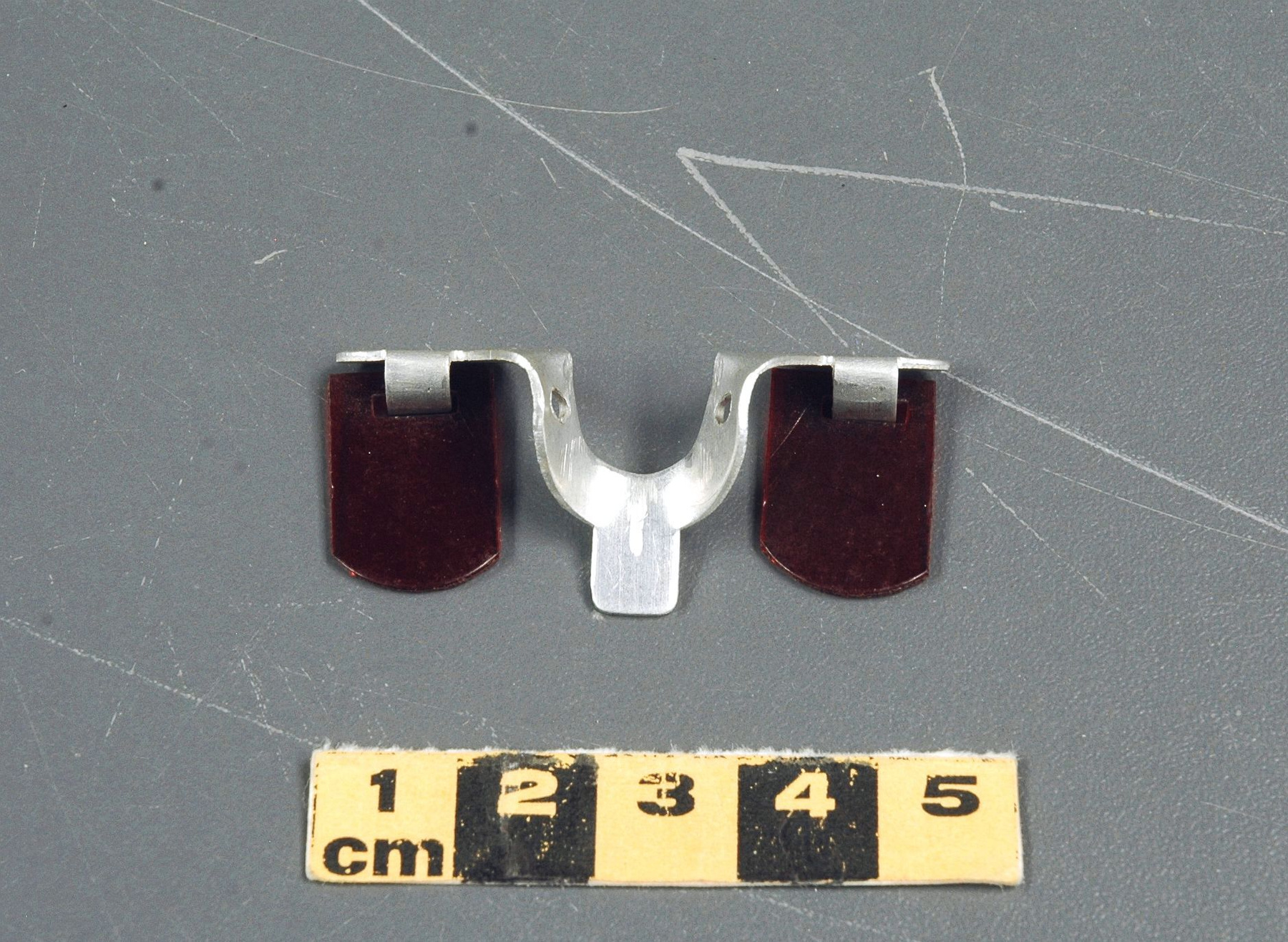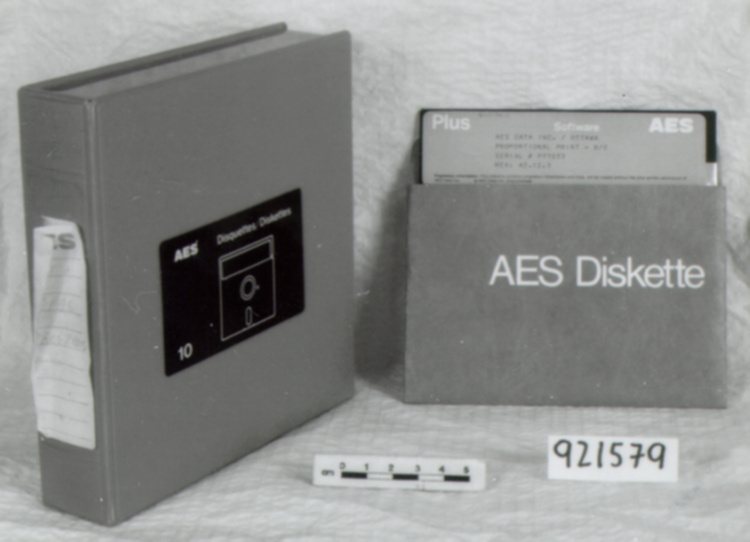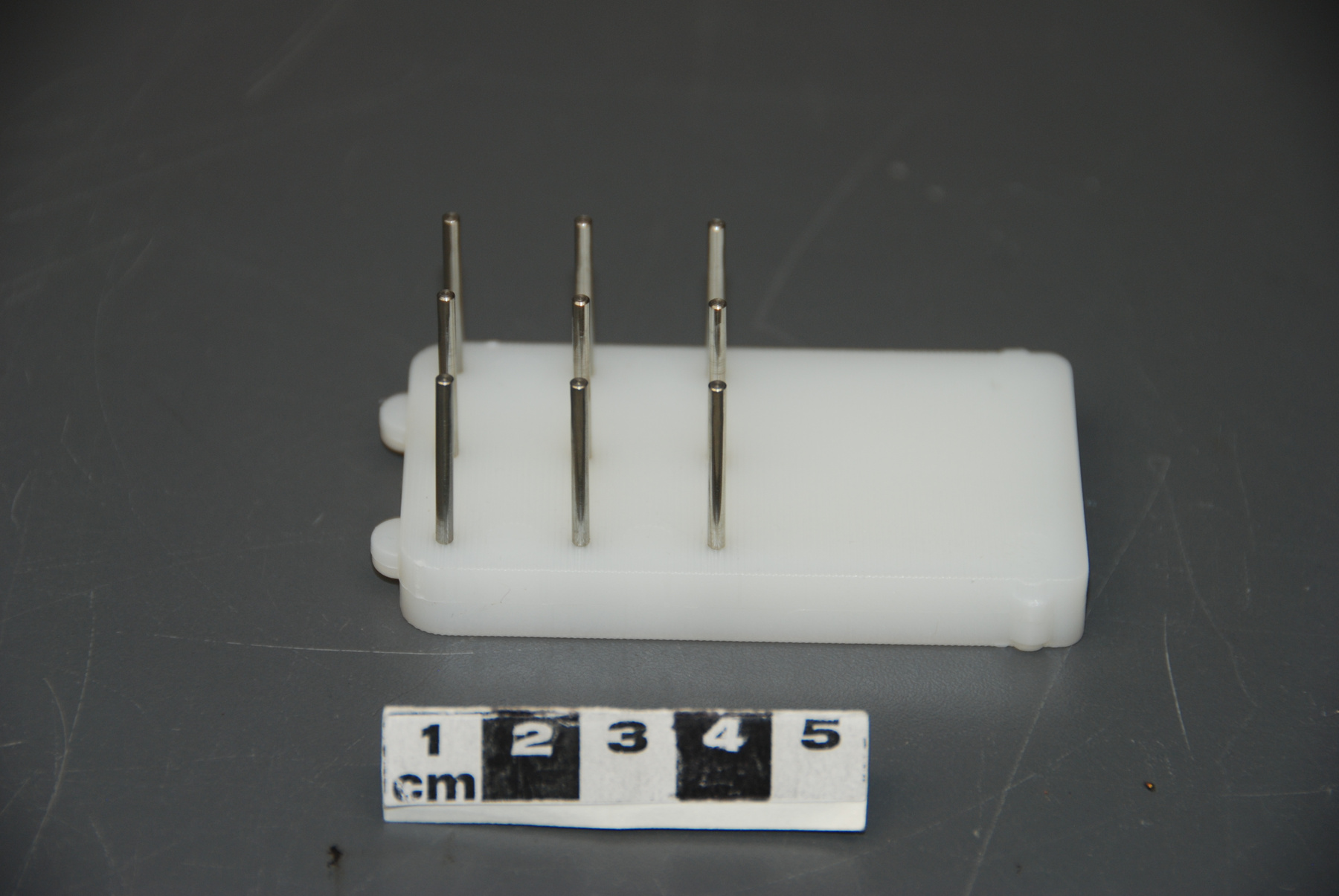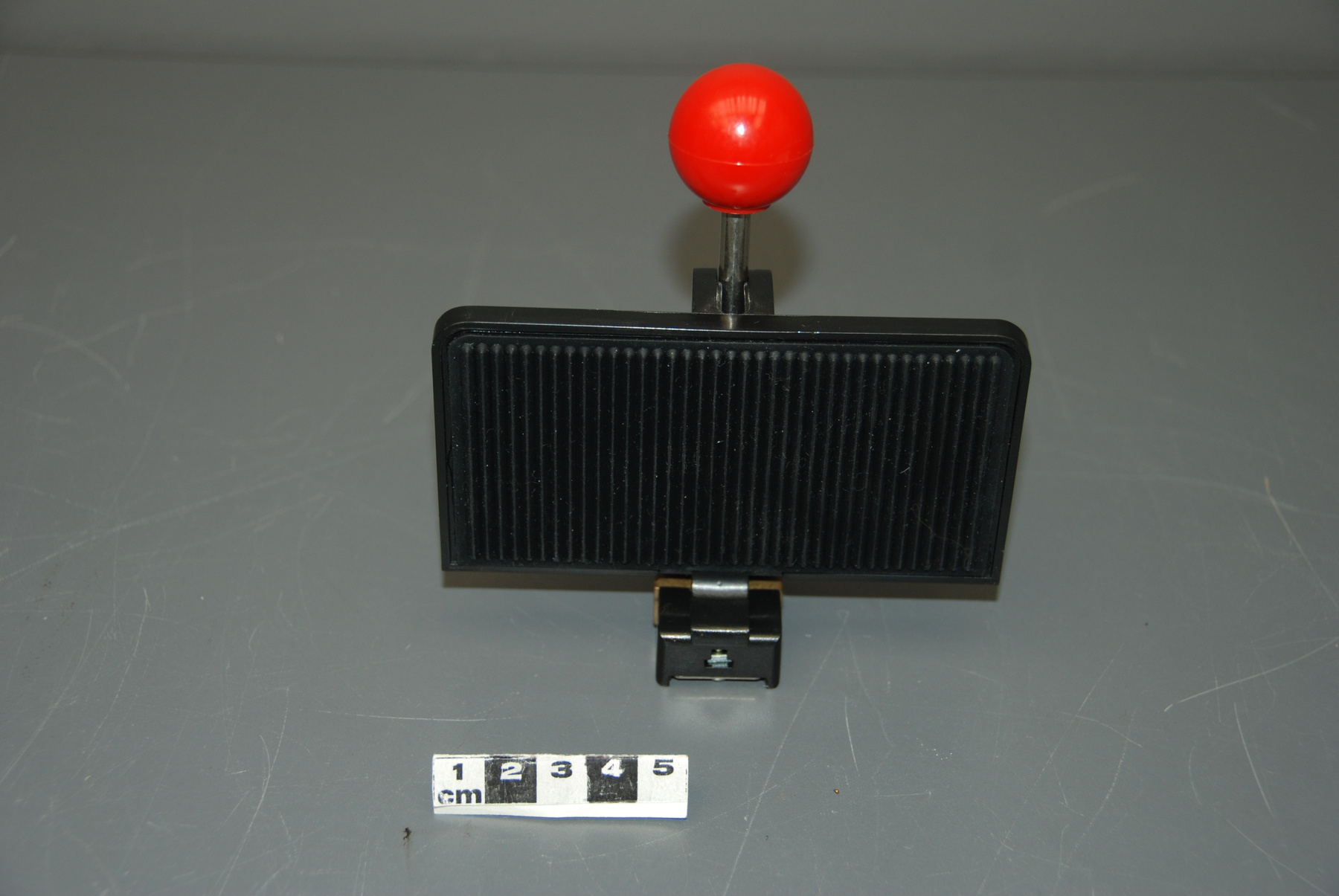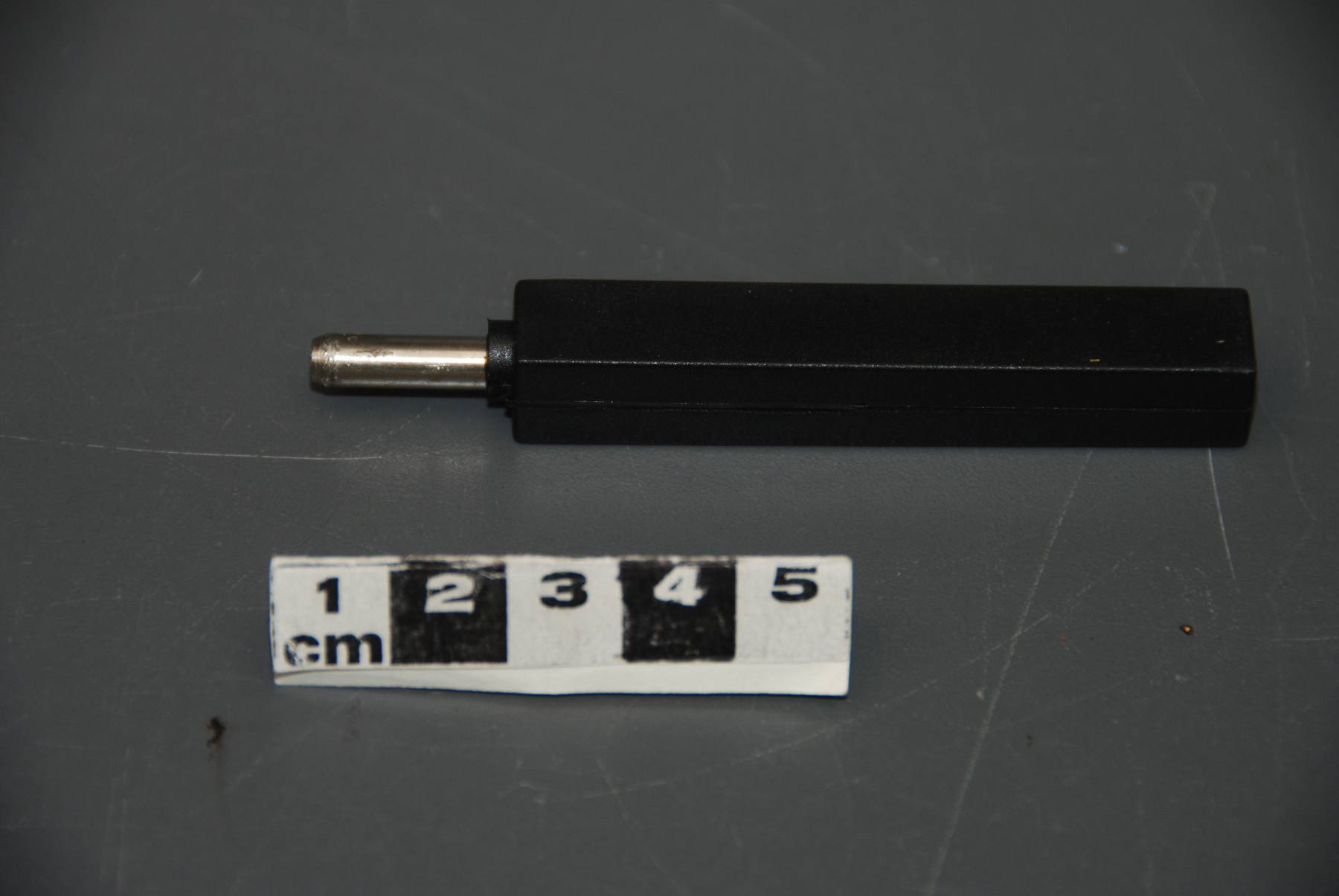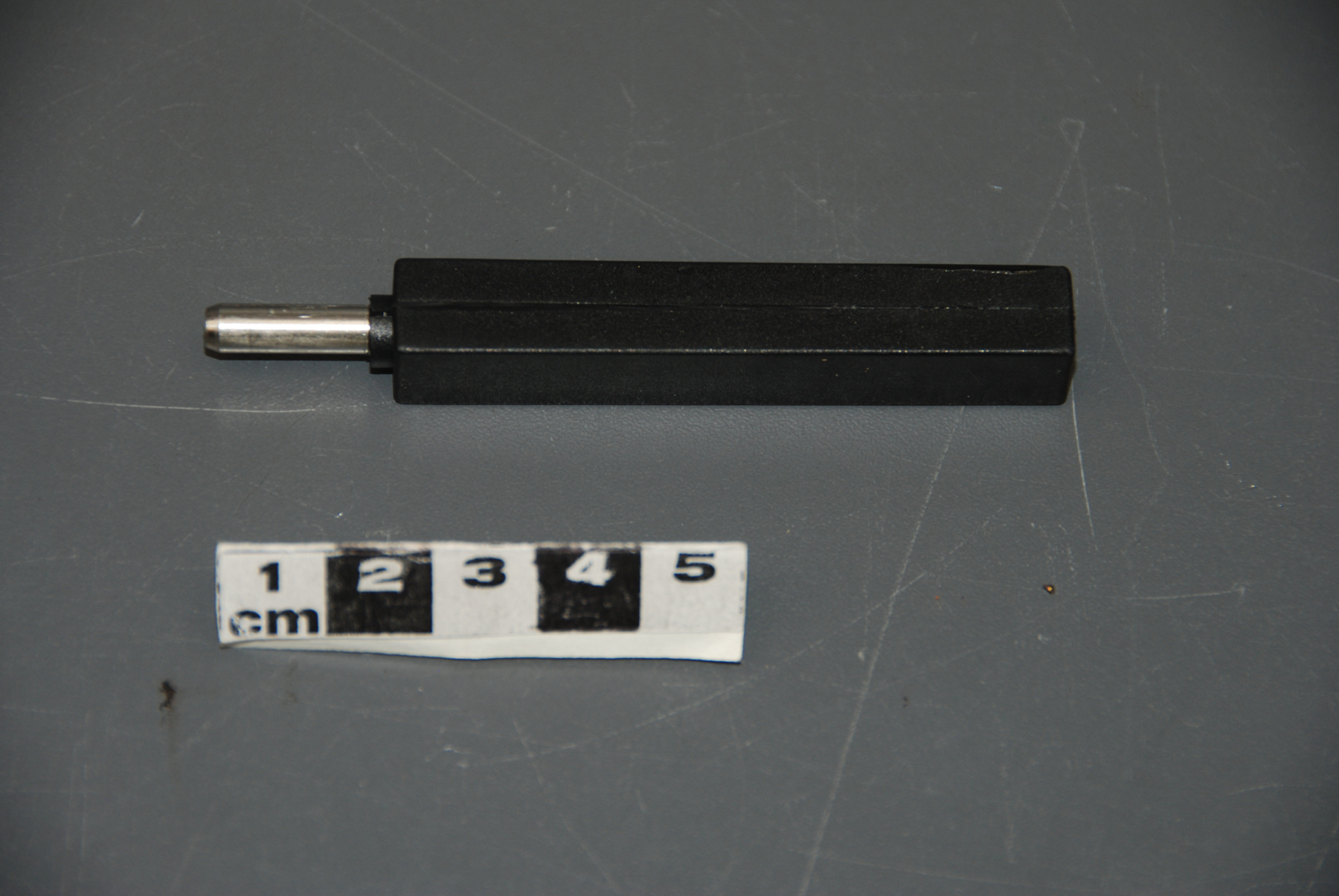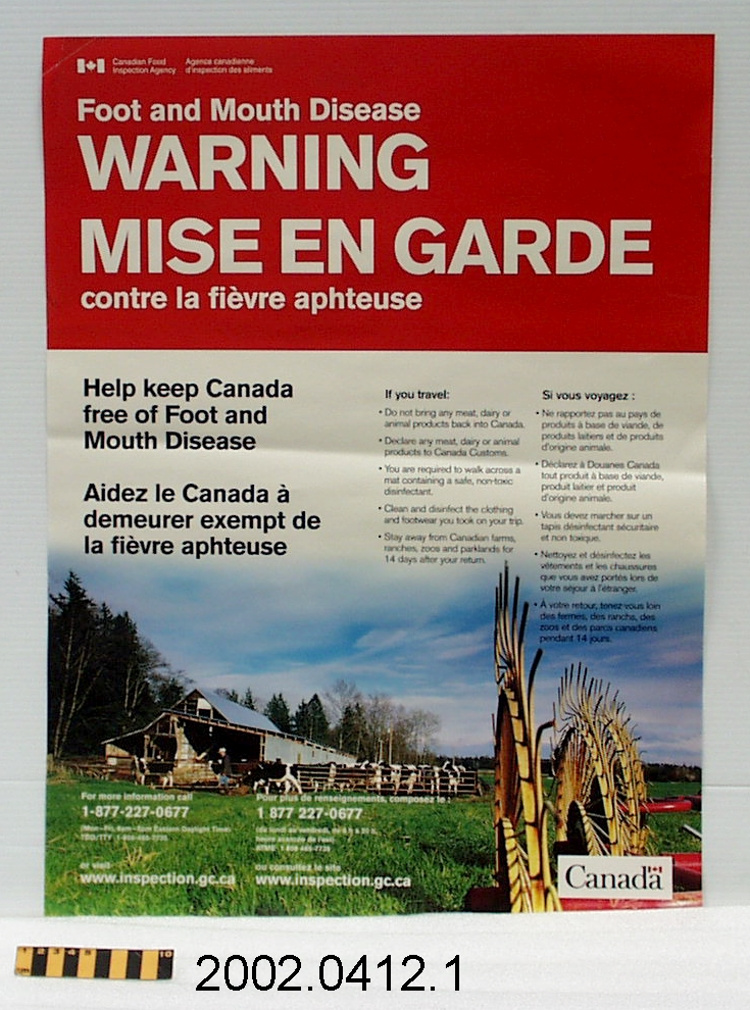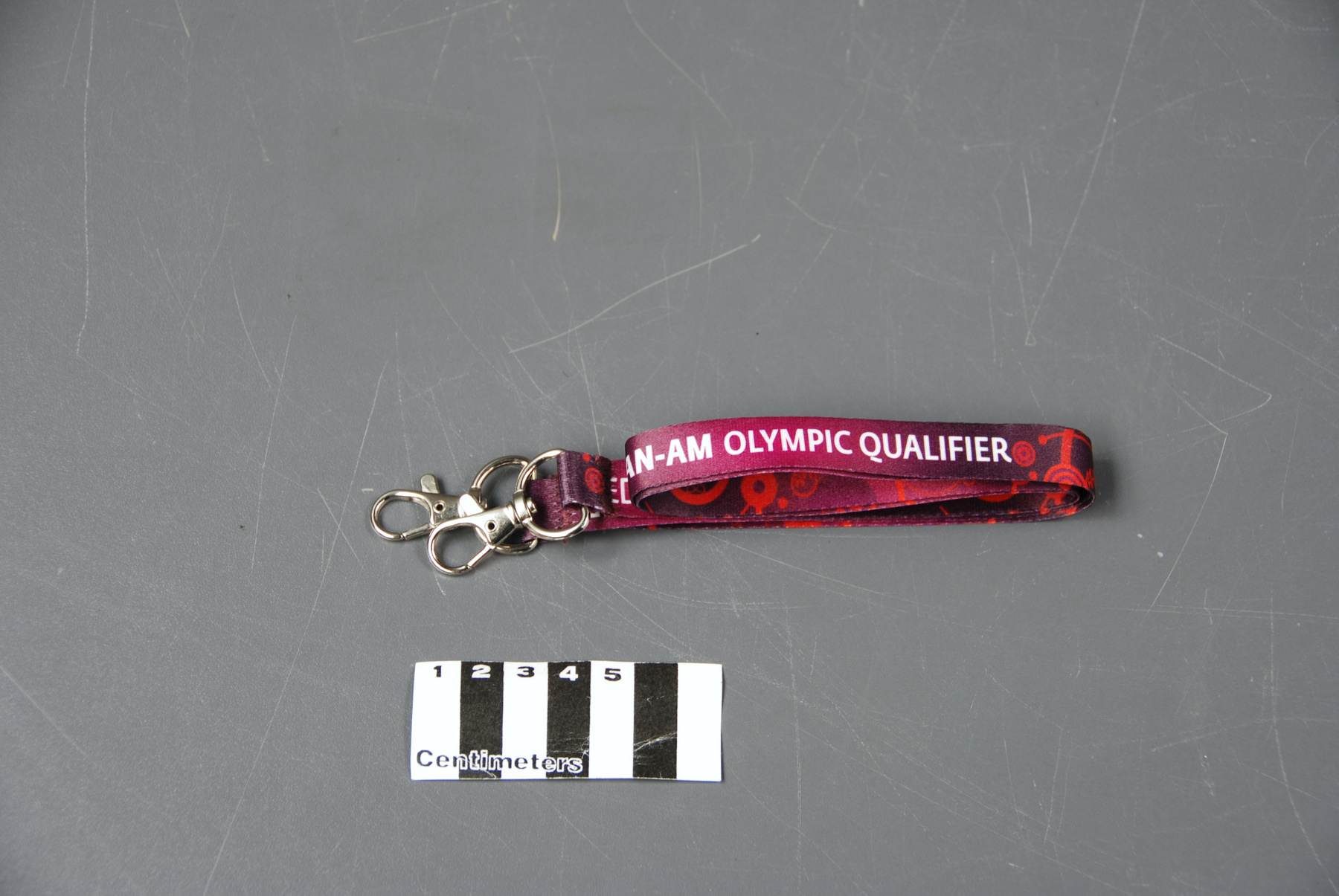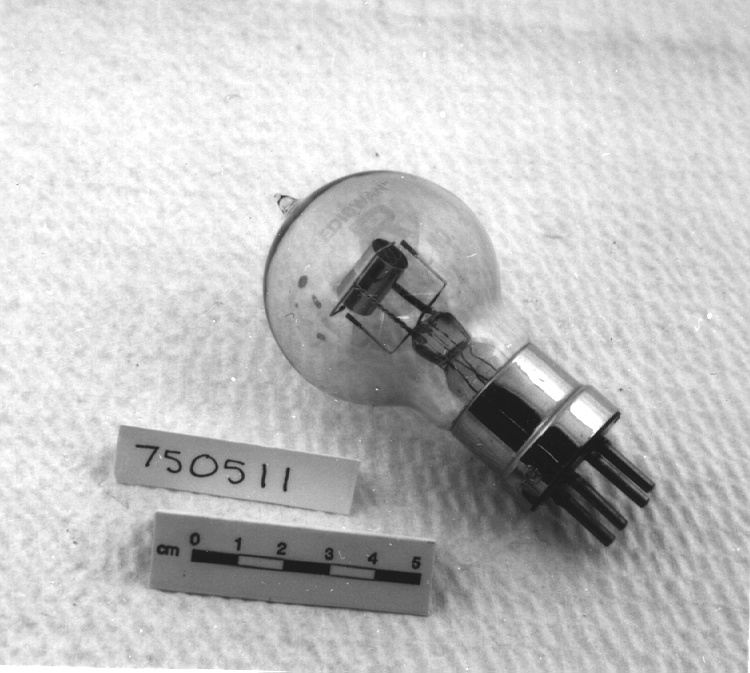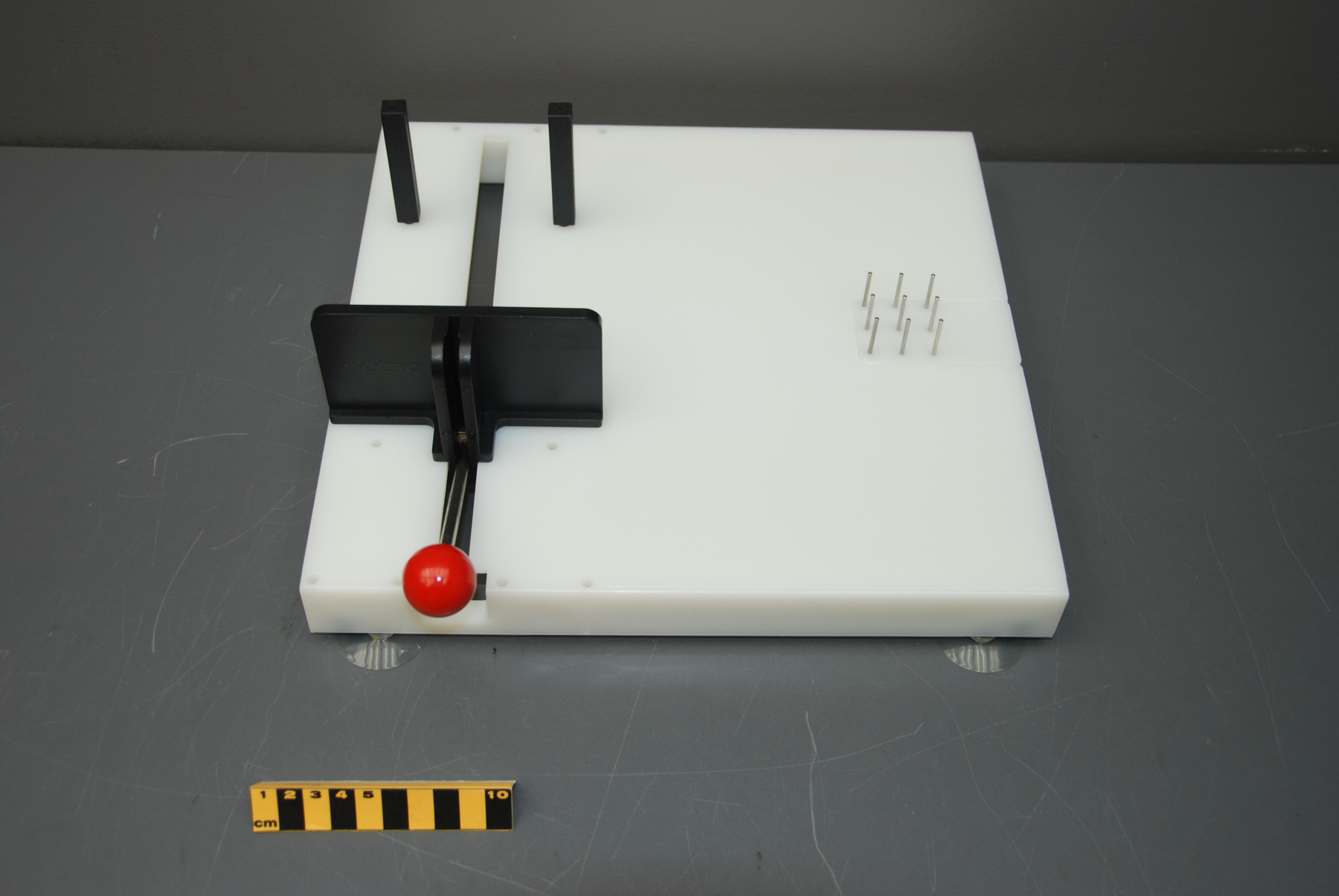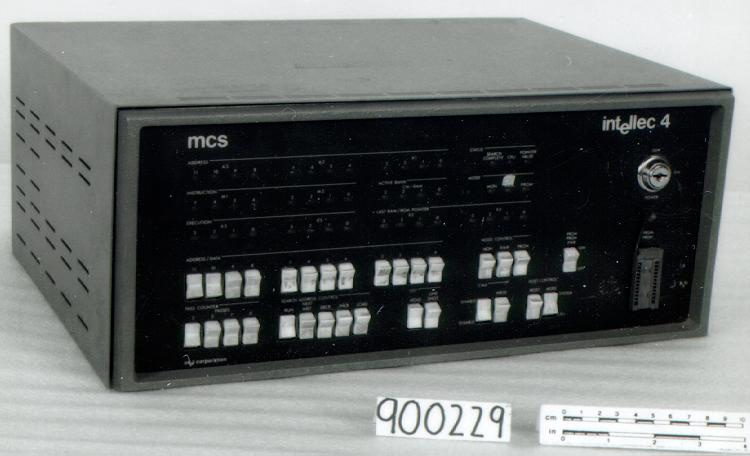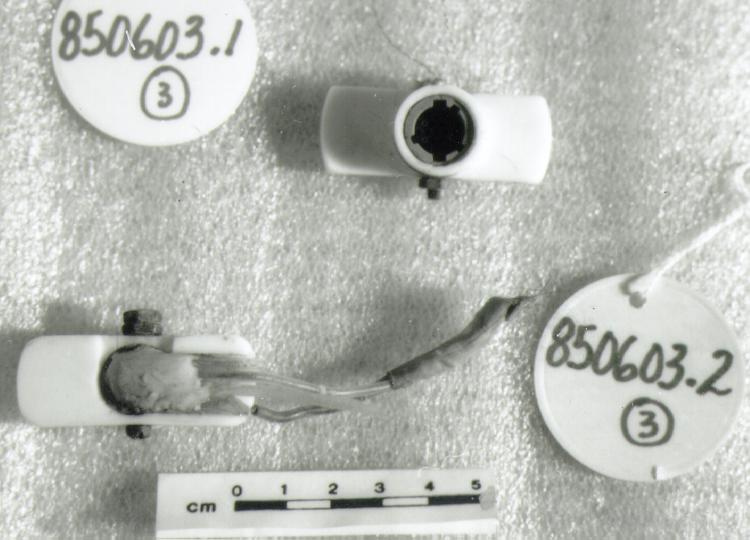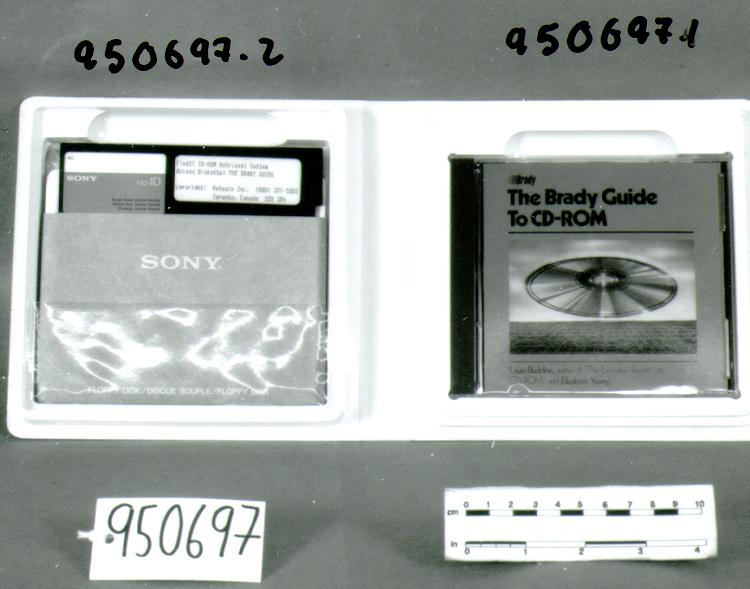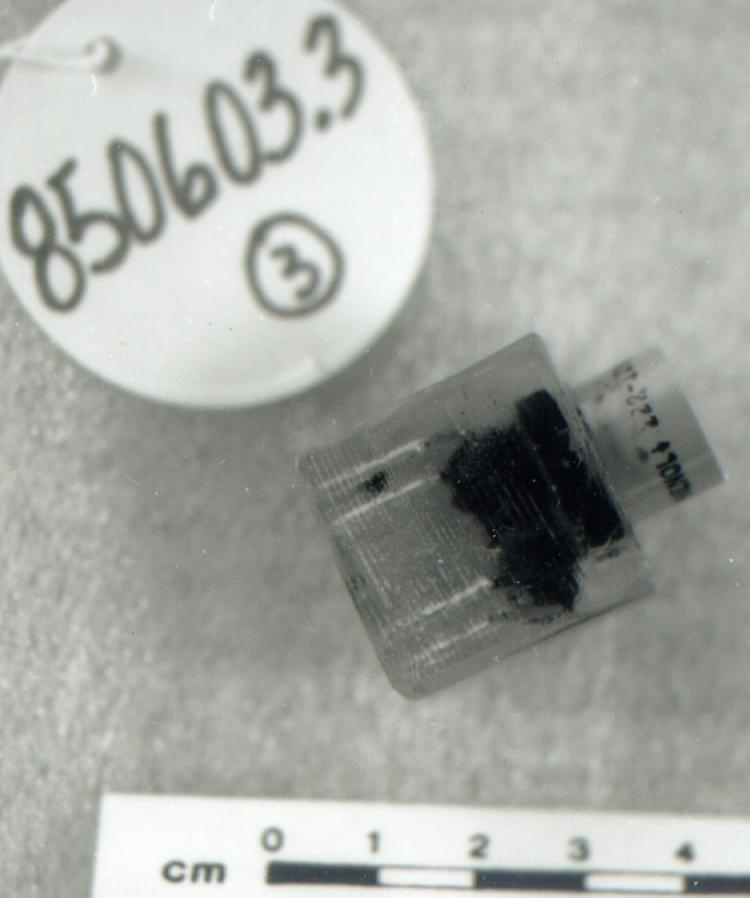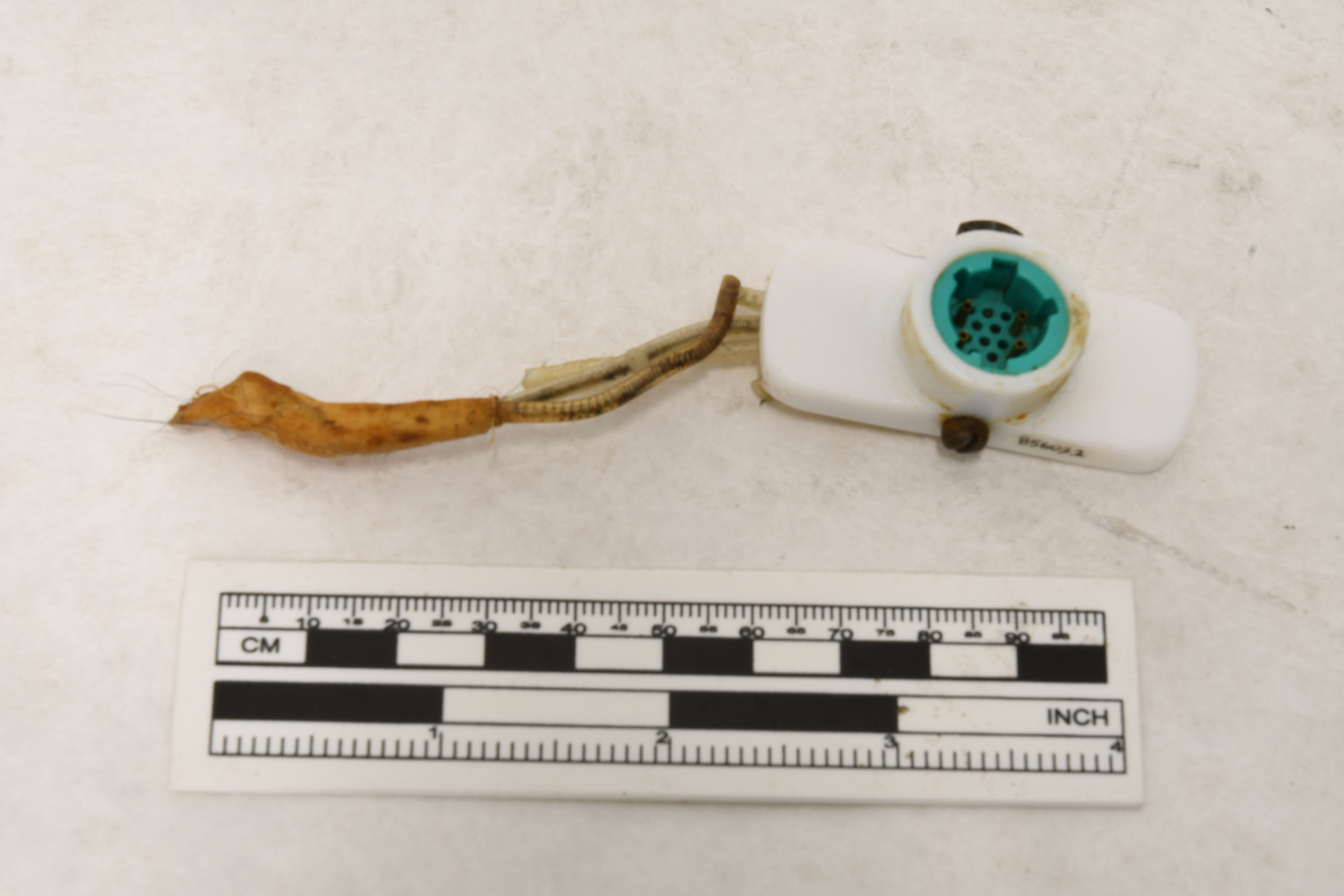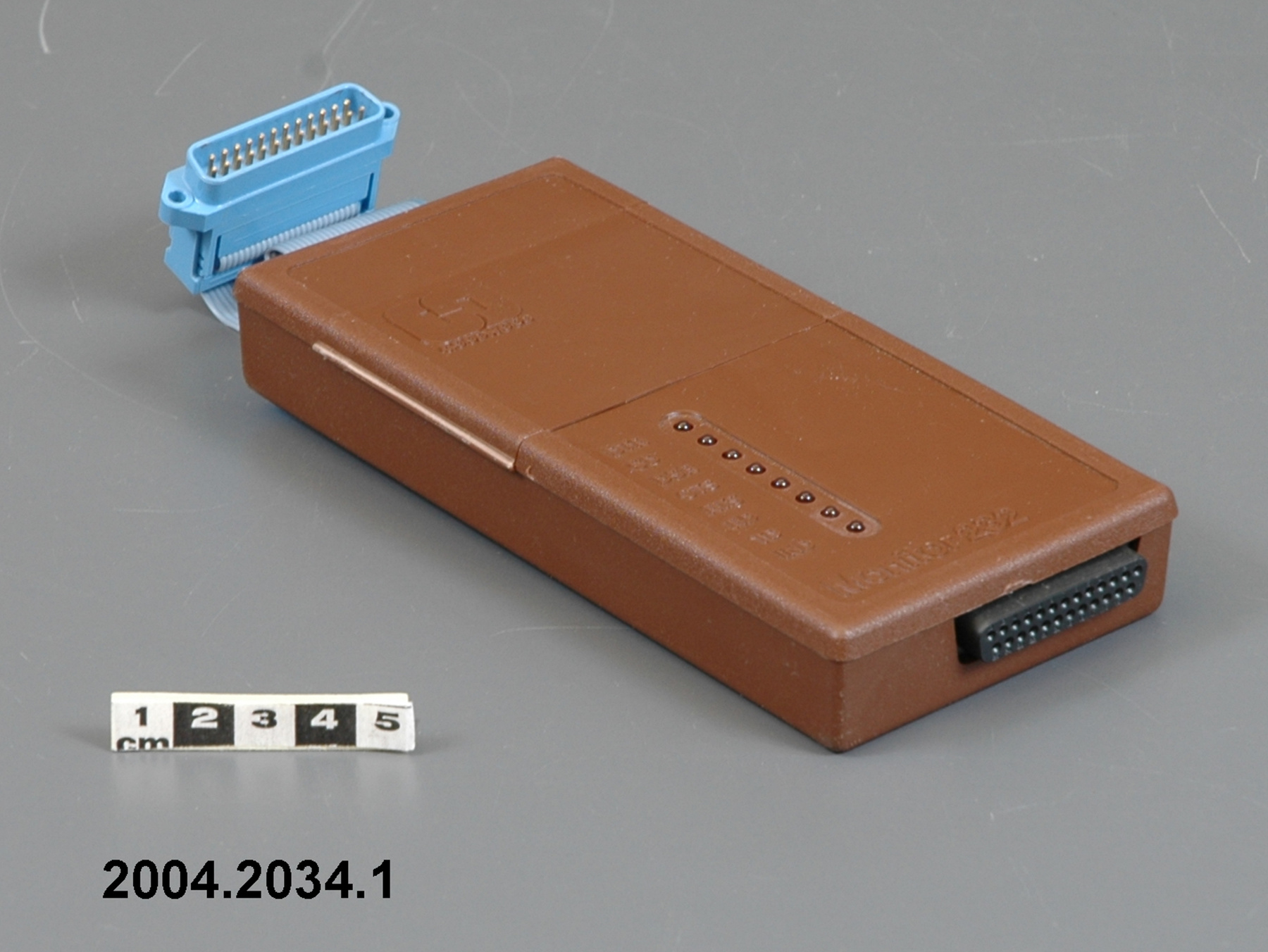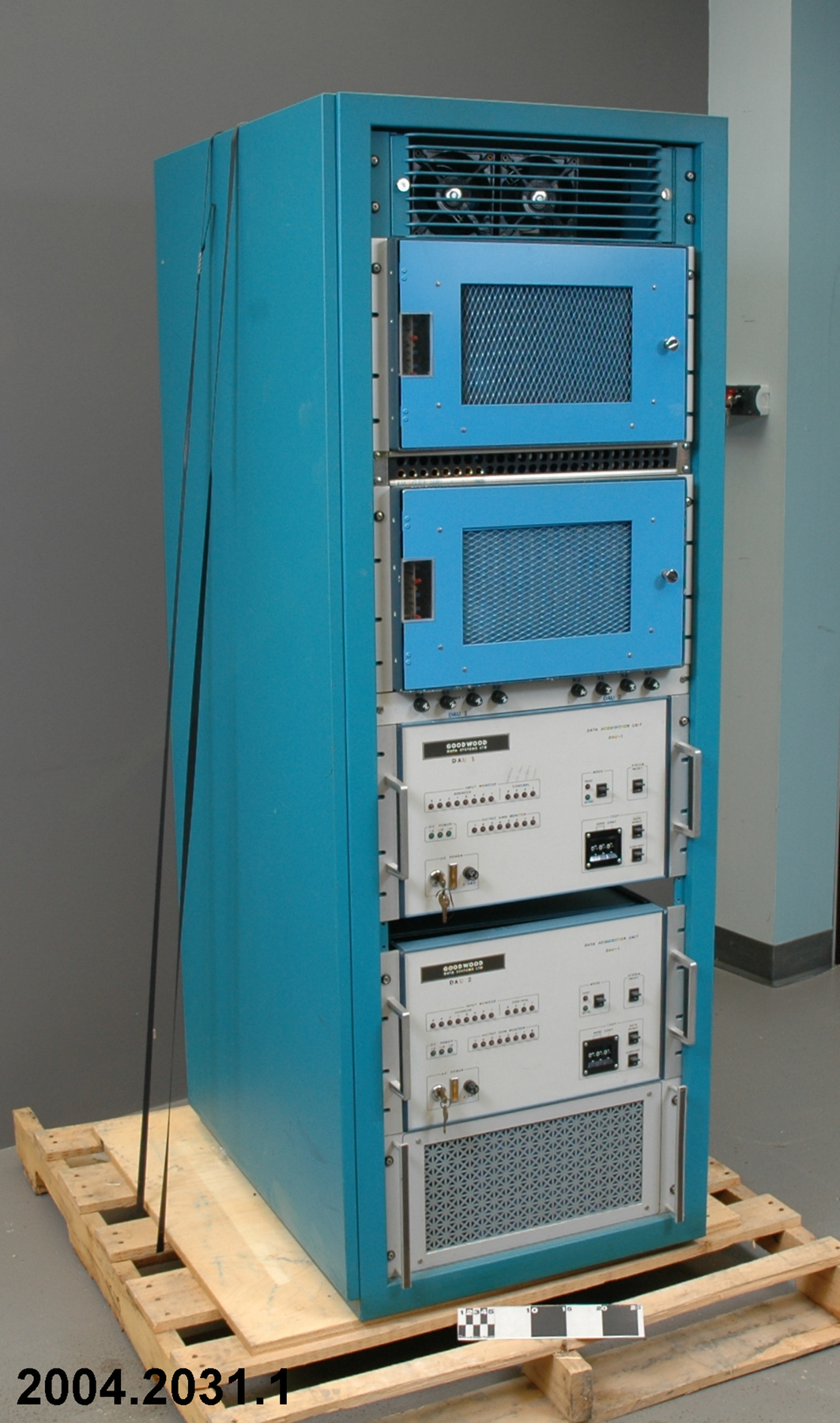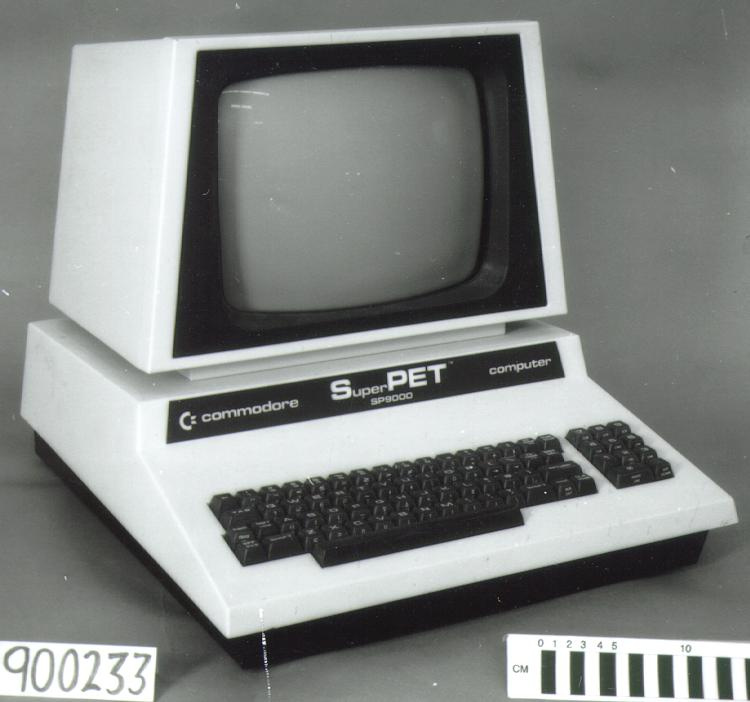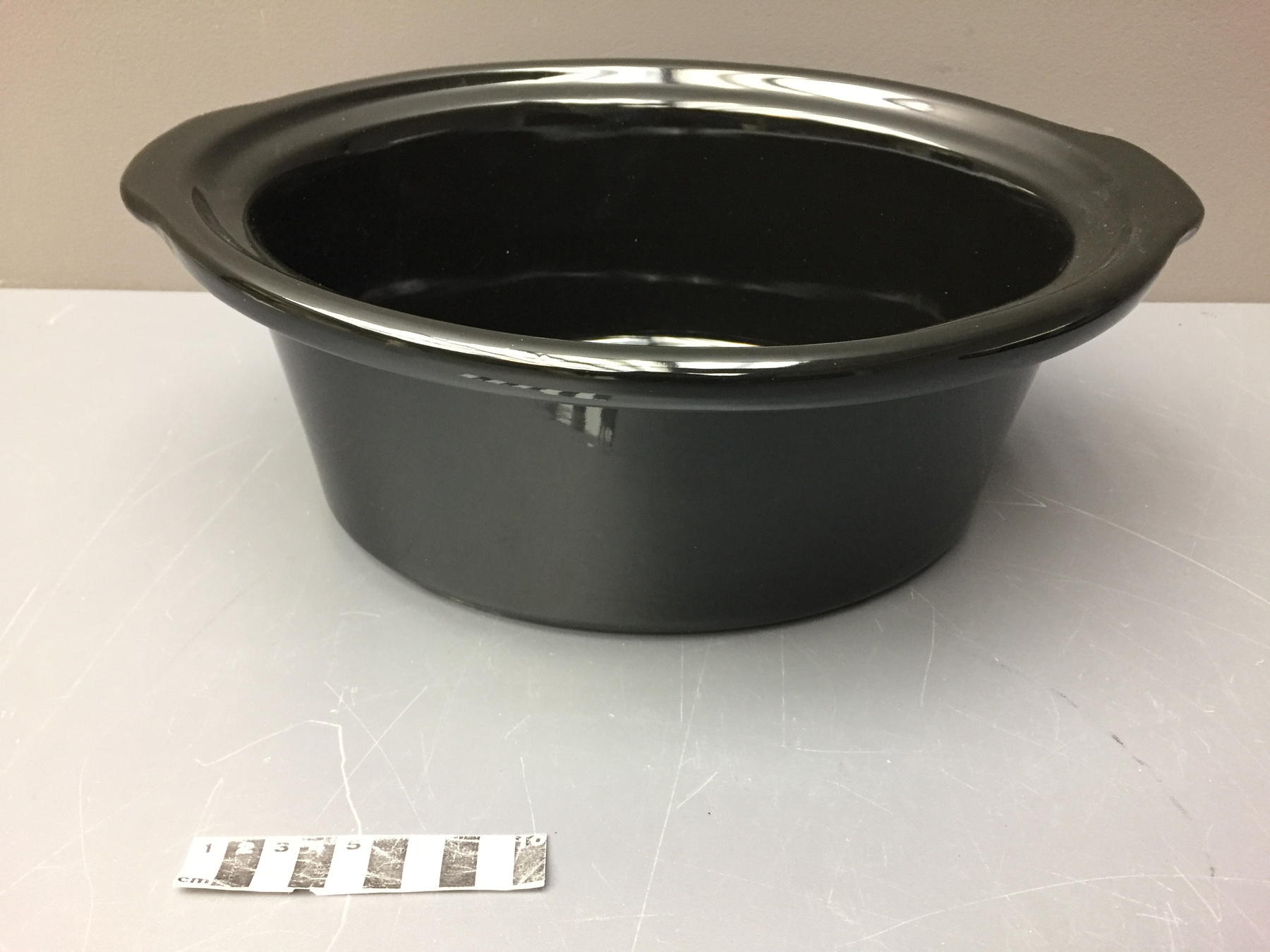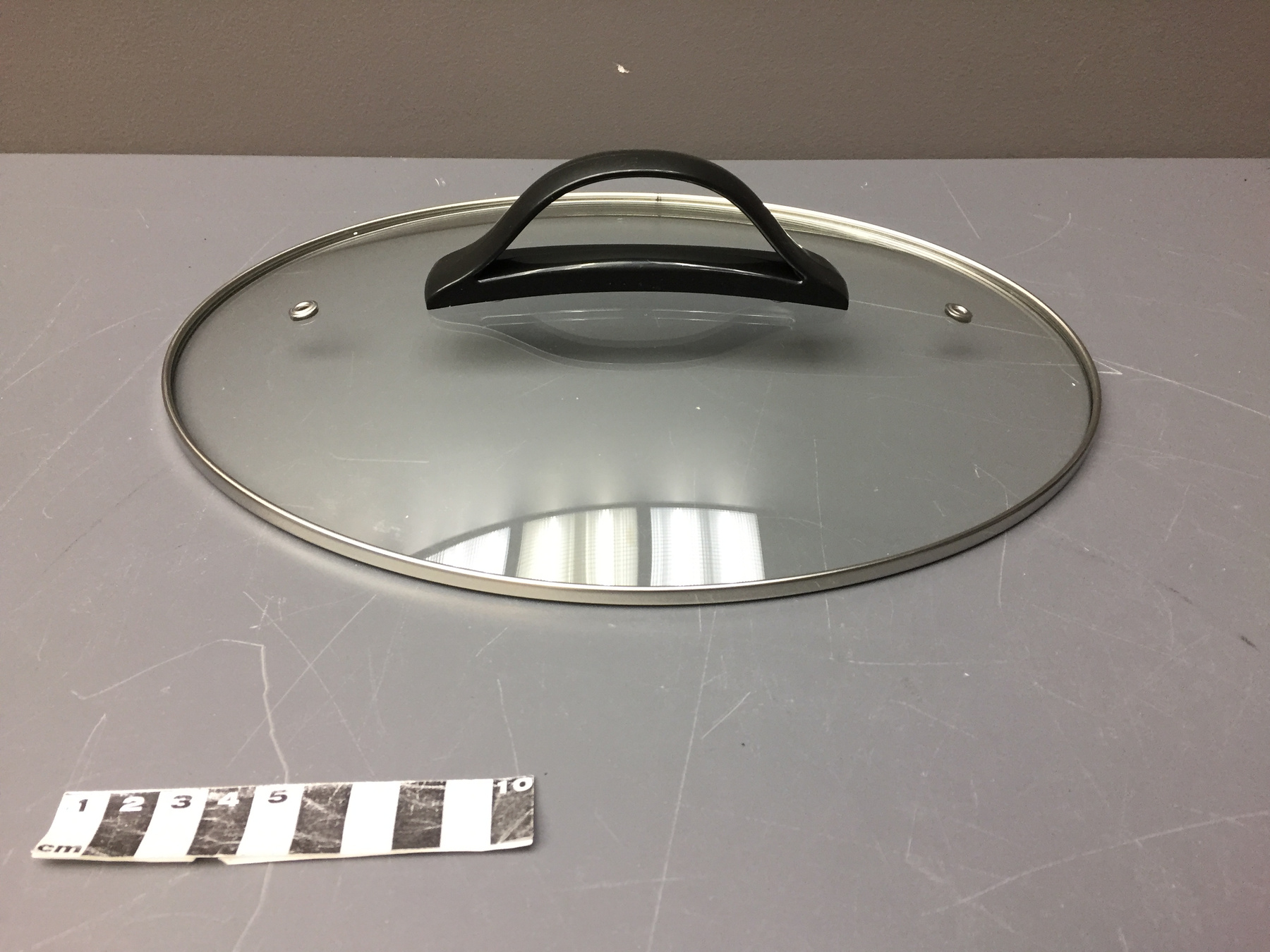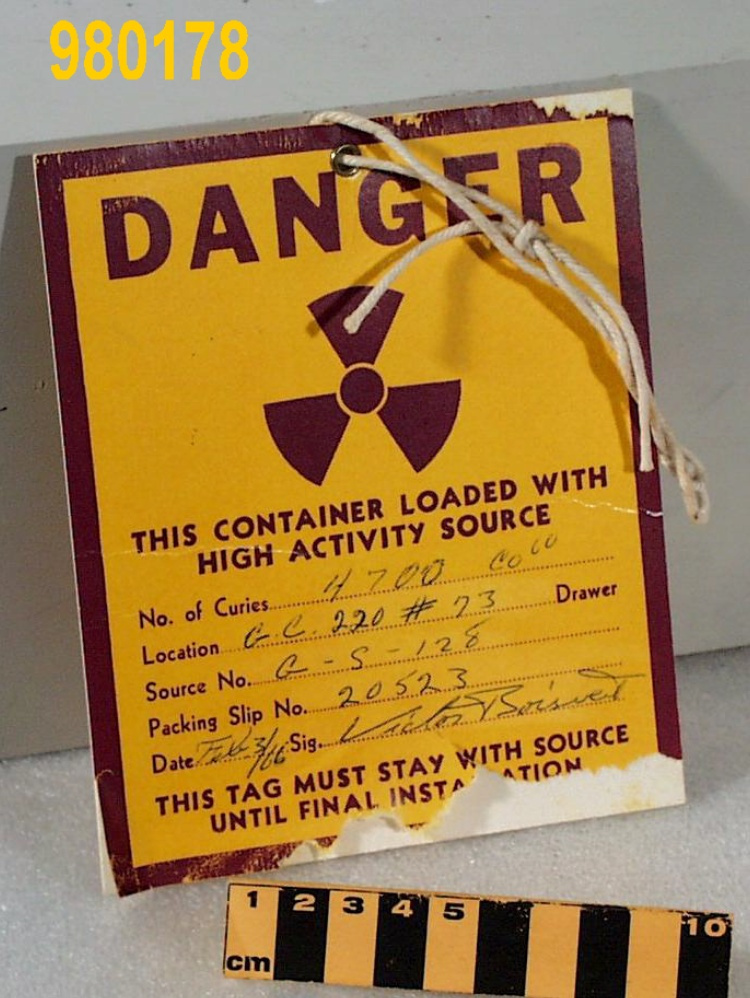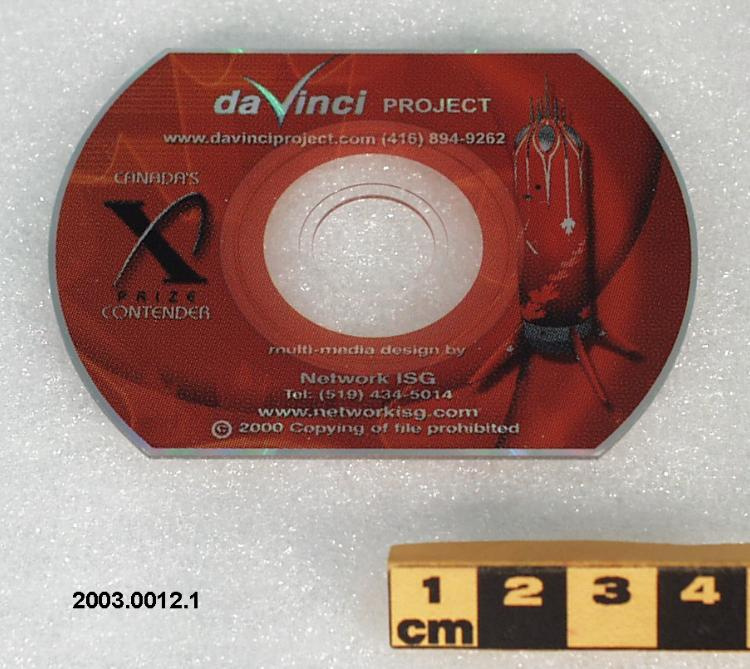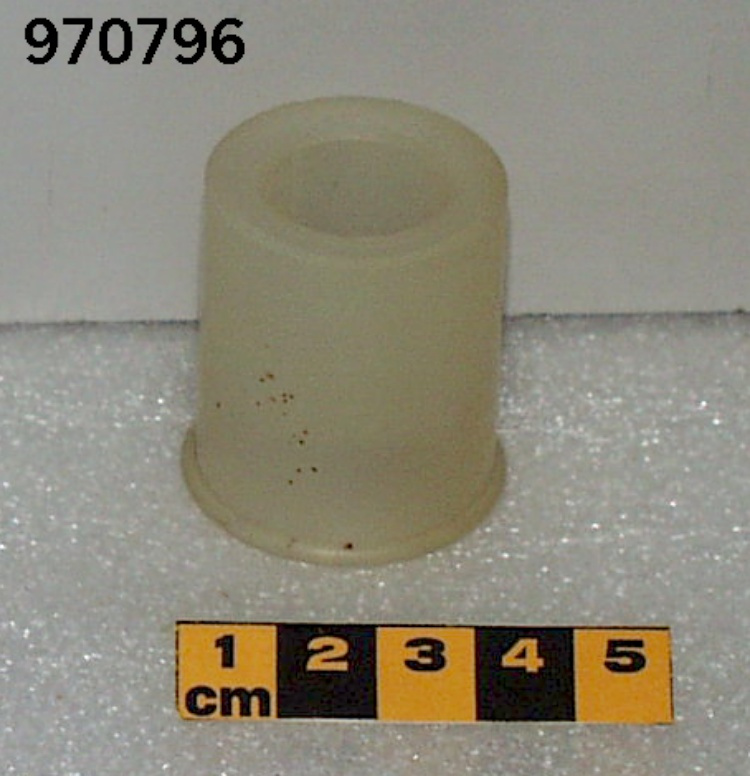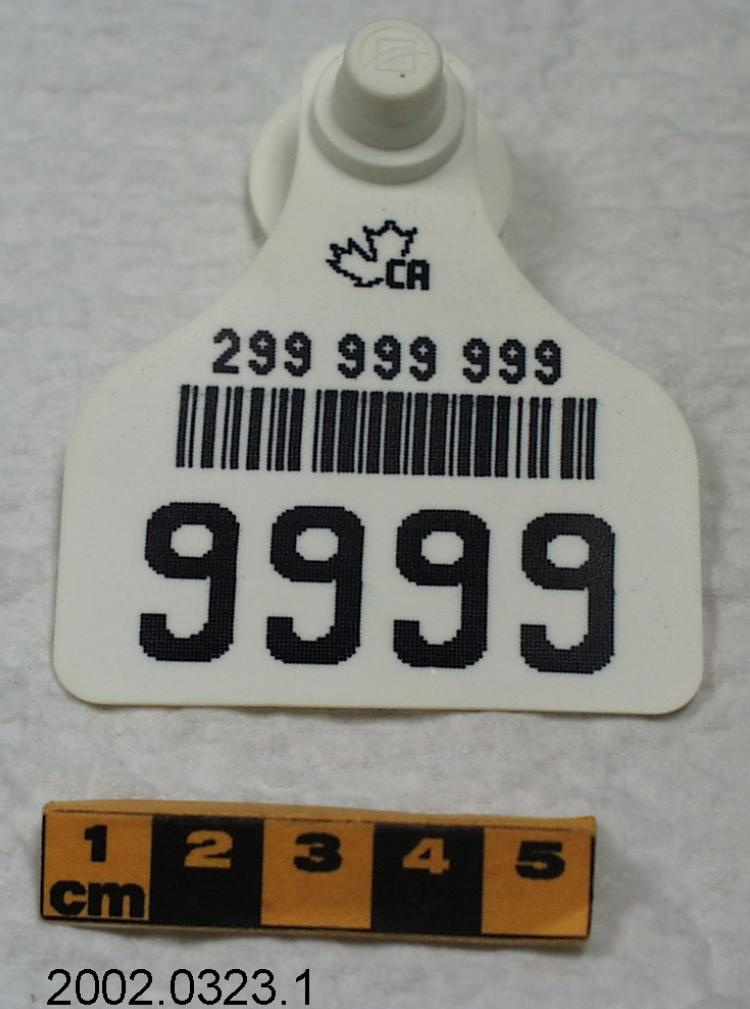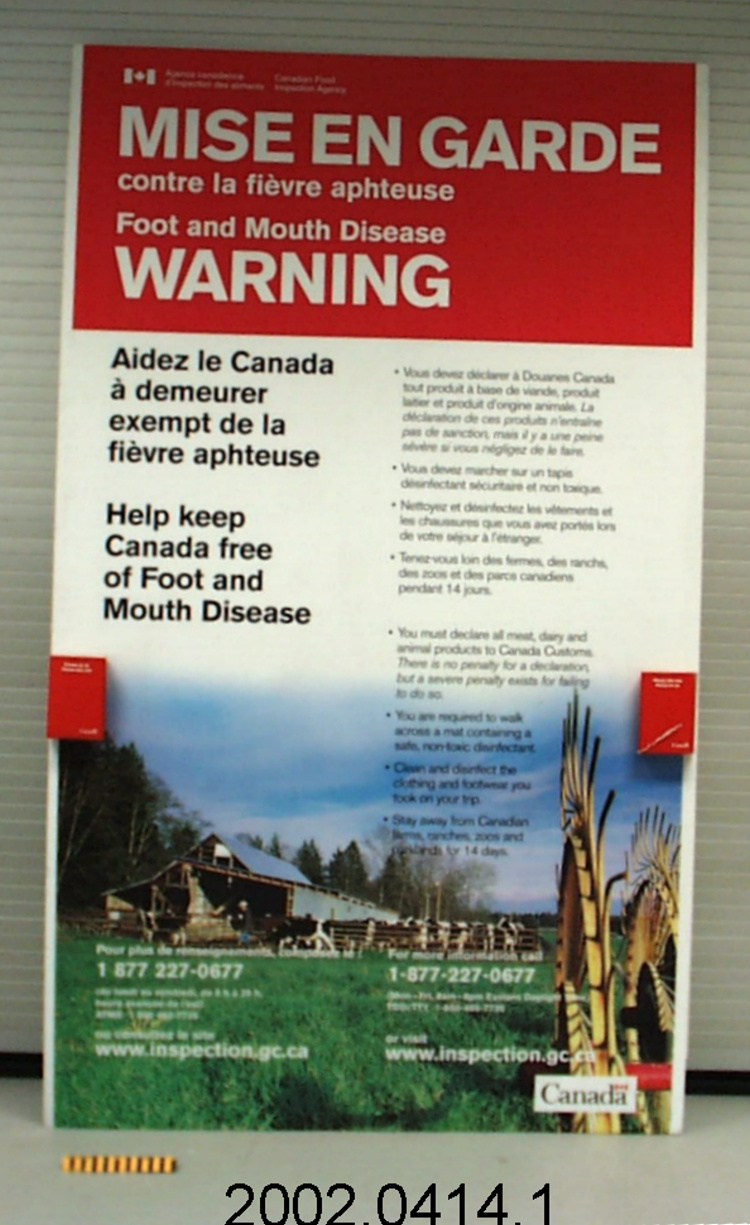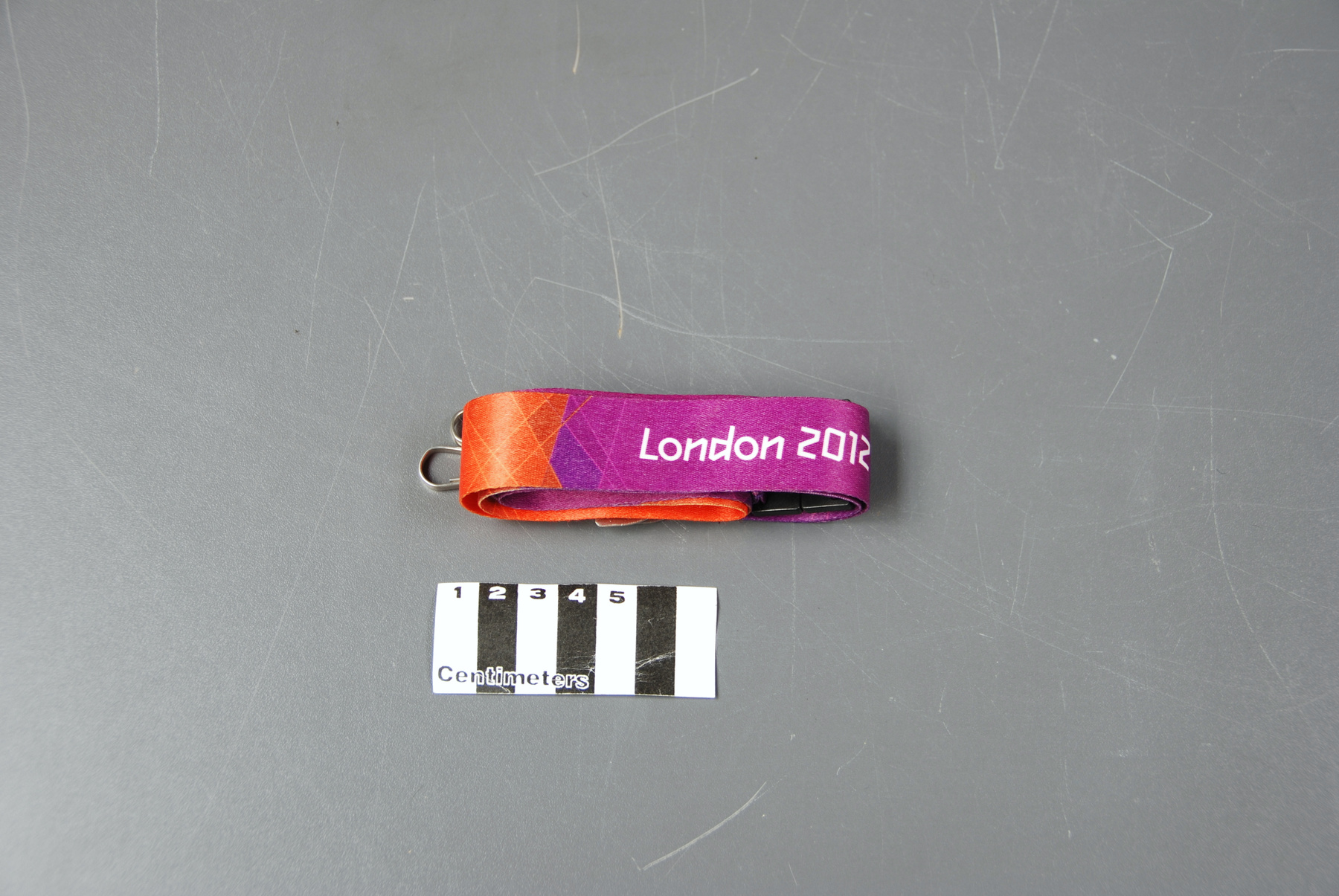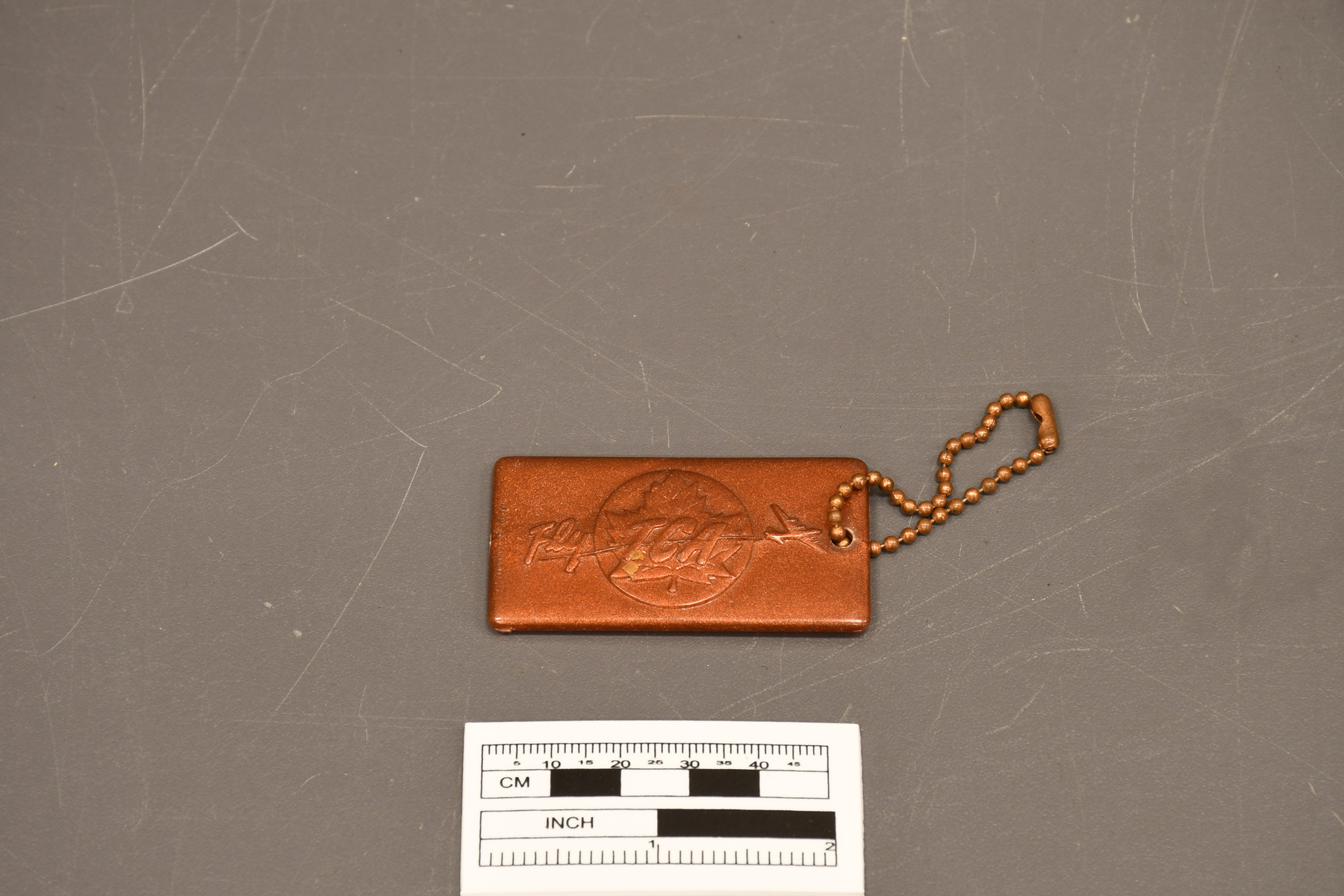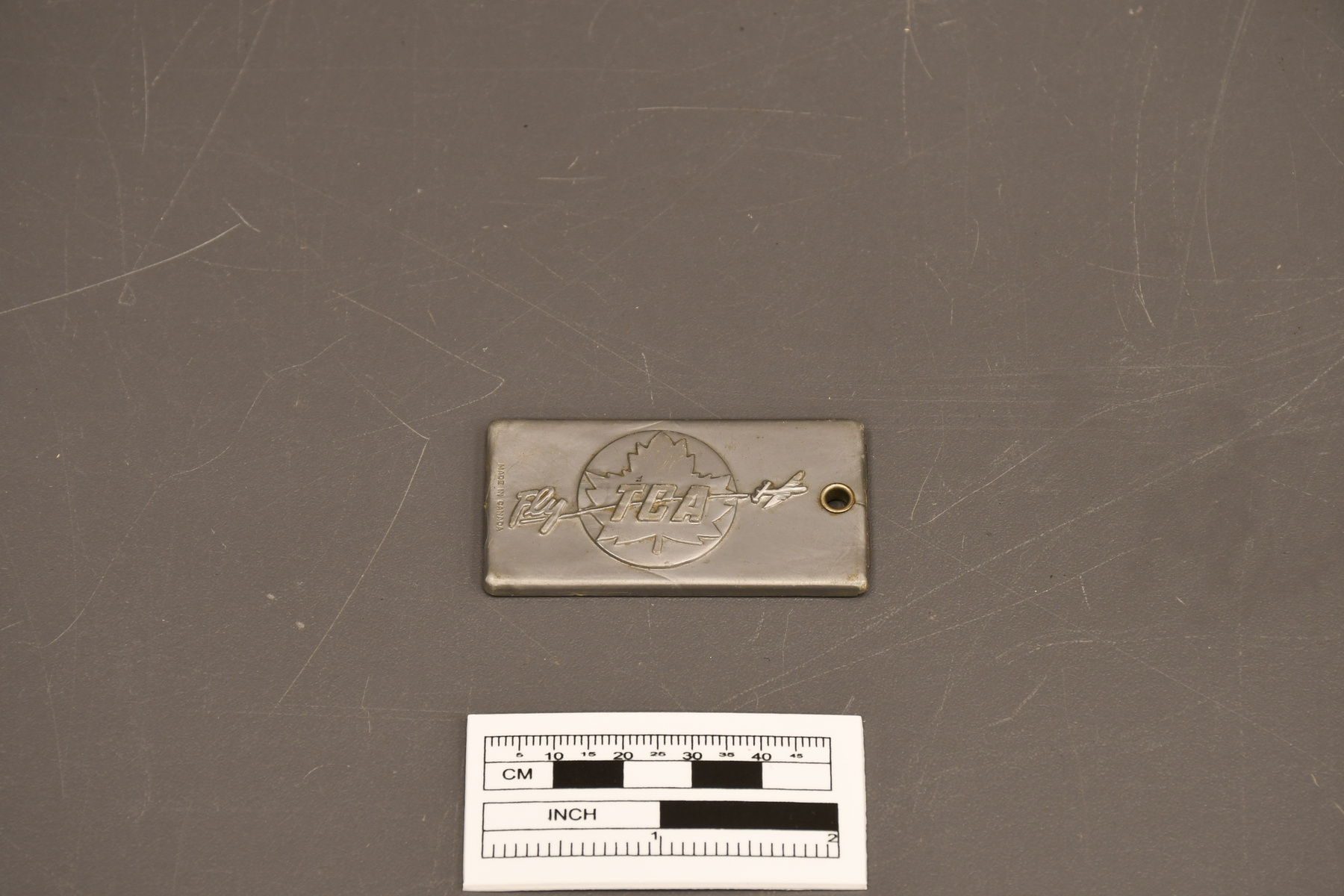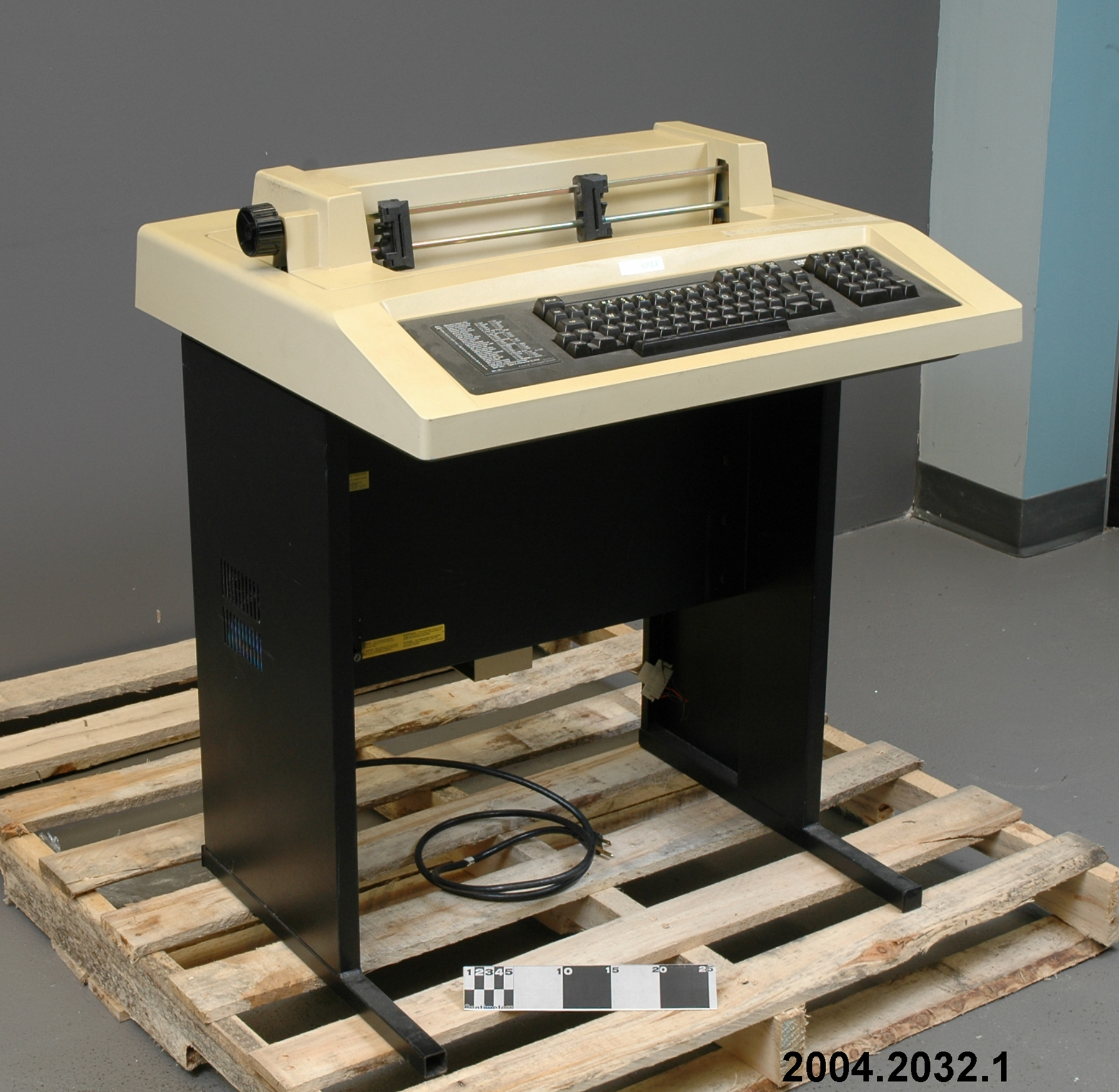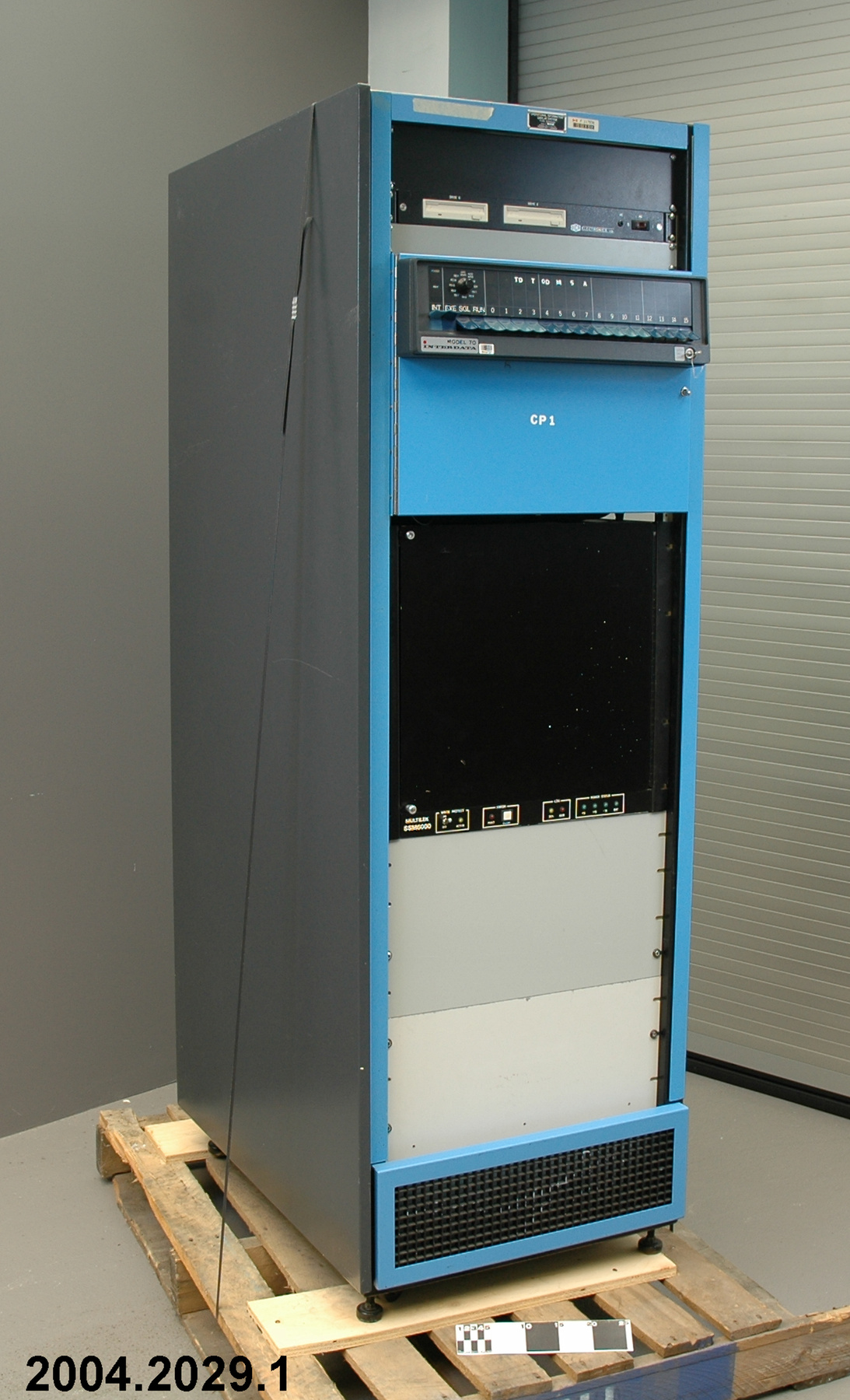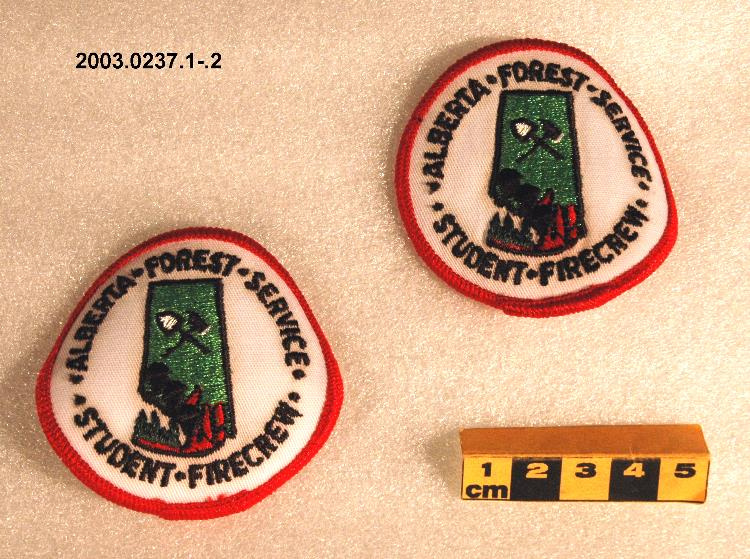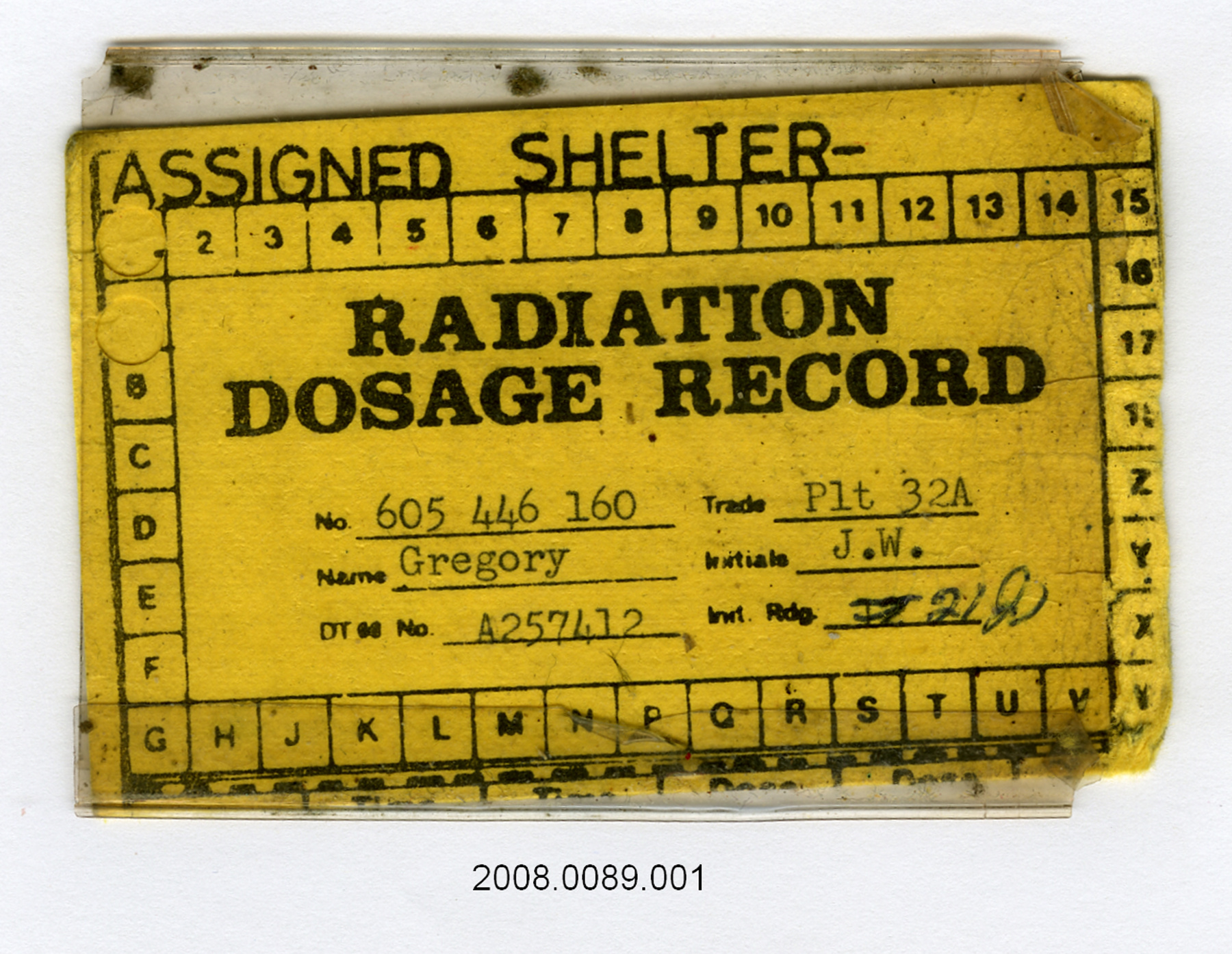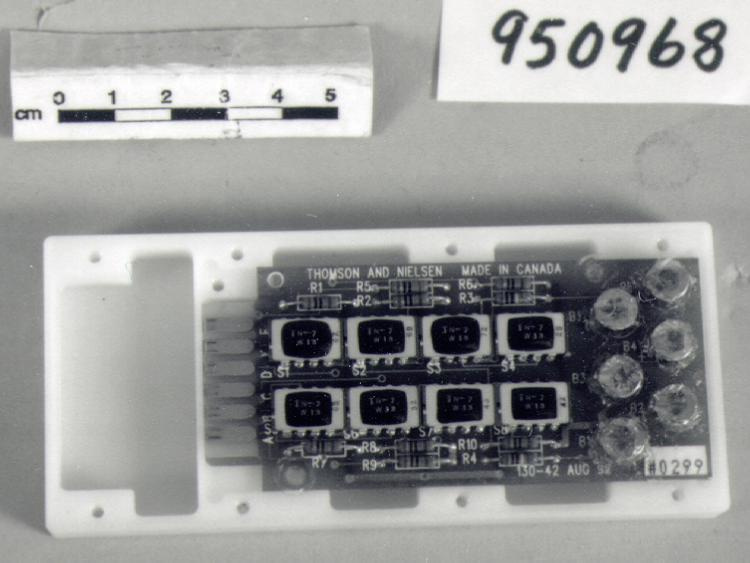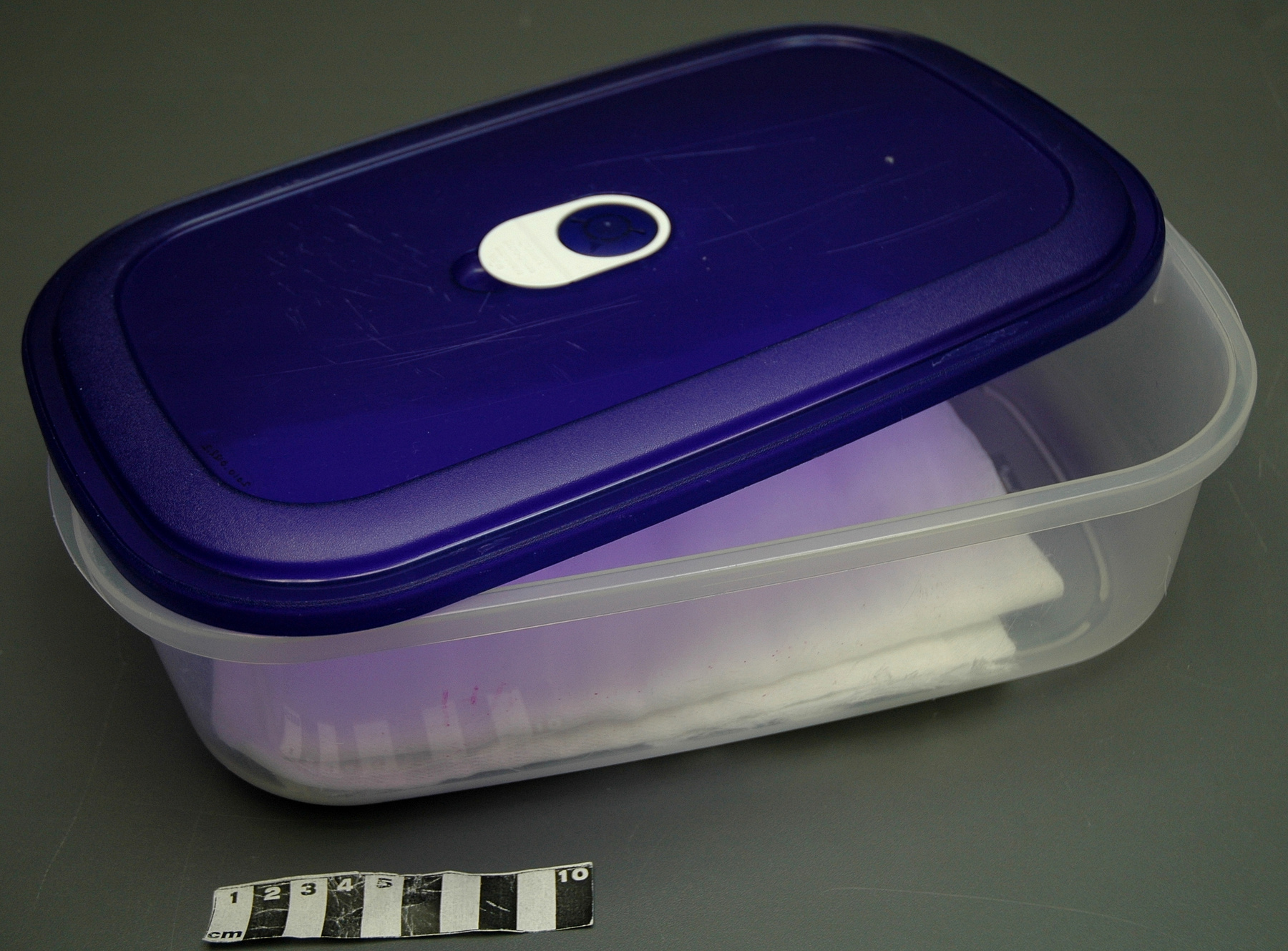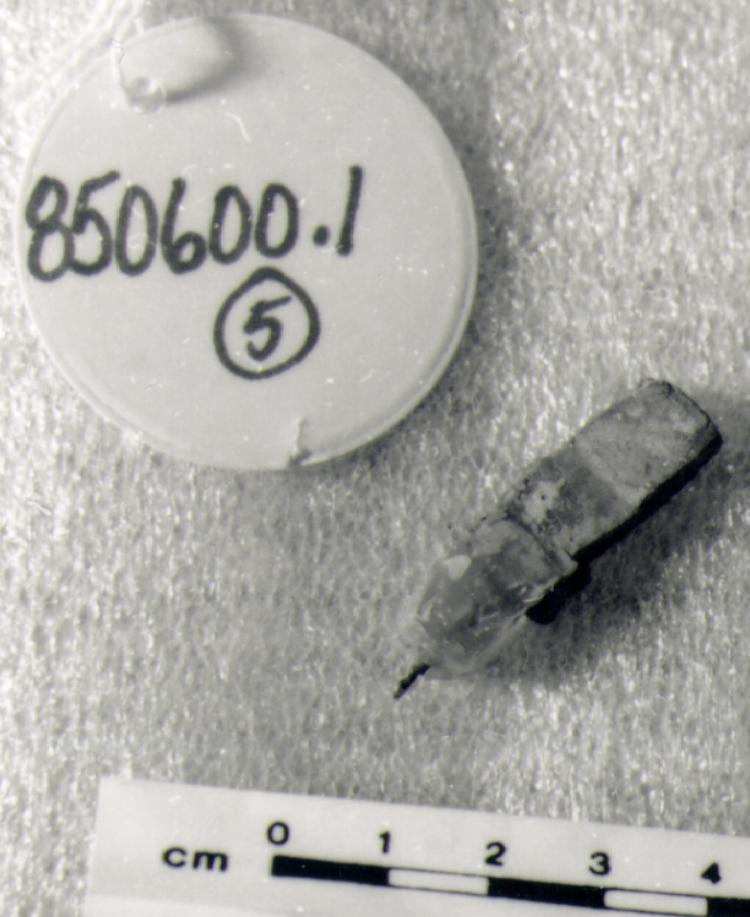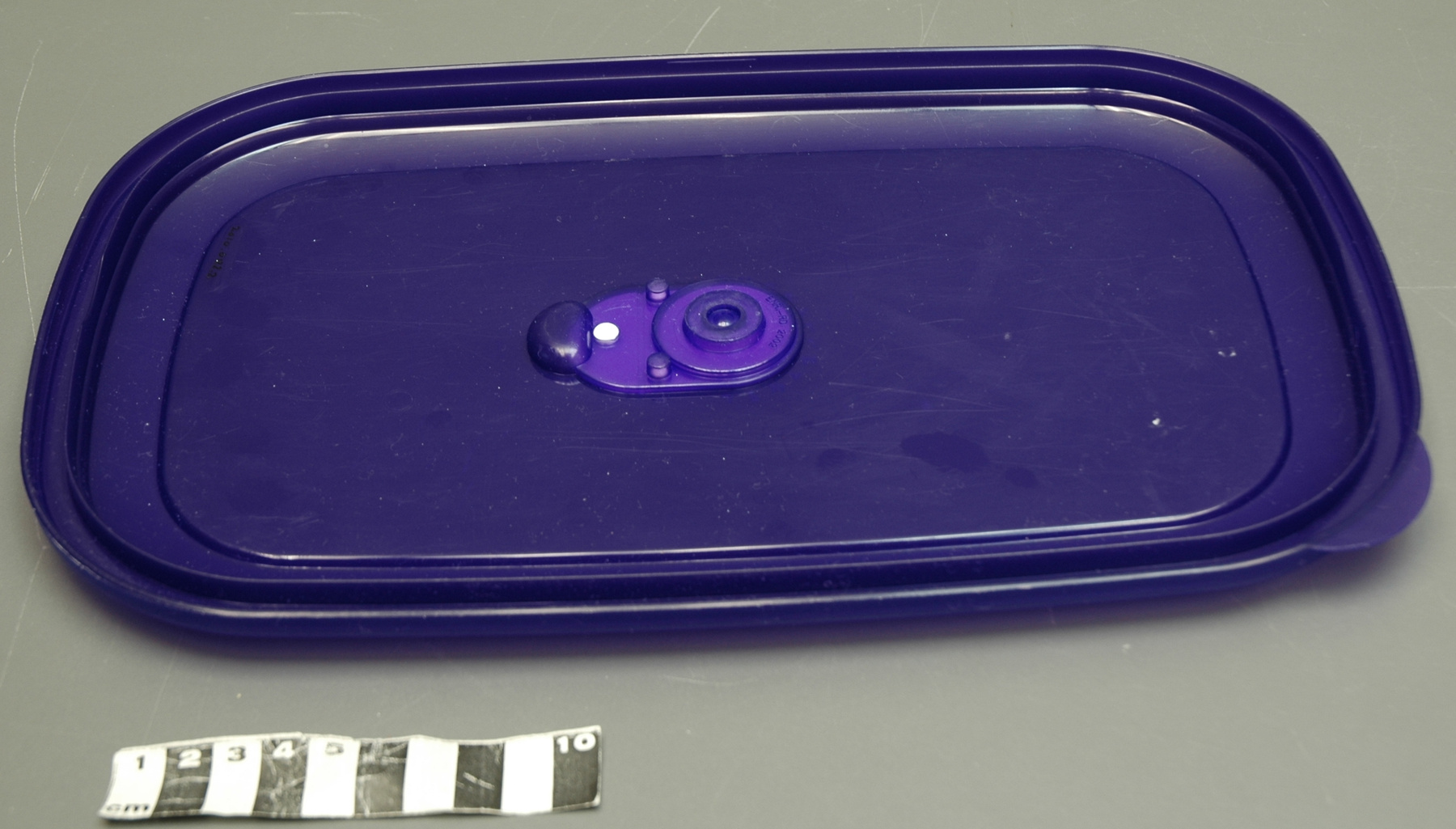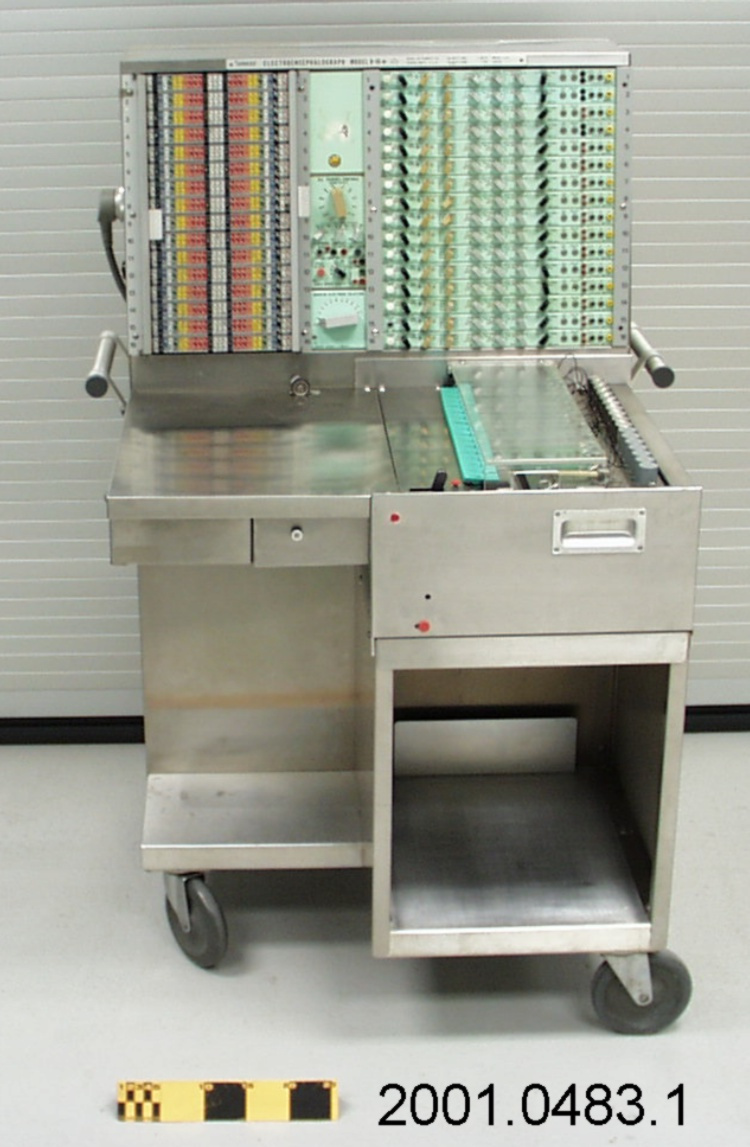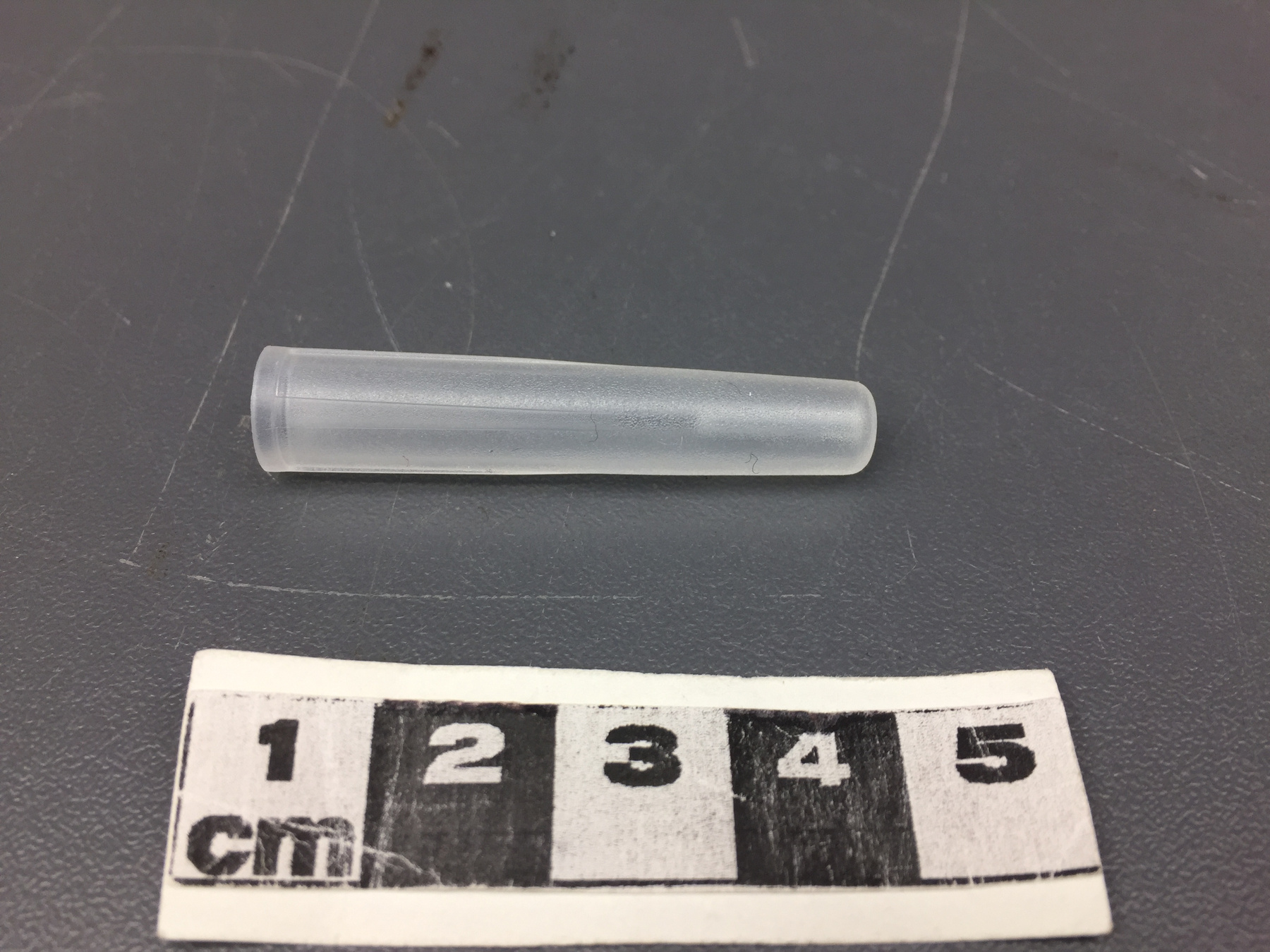Capuchon
Utiliser cette image
Puis-je réutiliser cette image sans autorisation? Oui
Les images sur le portail de la collection d’Ingenium ont la licence Creative Commons suivante :
Copyright Ingenium / CC BY-NC-ND (Attribution-NonCommercial 4.0 International (CC BY-NC 4.0)
ATTRIBUER CETTE IMAGE
Ingenium,
2016.0164.005
Permalien:
Ingenium diffuse cette image sous le cadre de licence Creative Commons et encourage son téléchargement et sa réutilisation à des fins non commerciales. Veuillez mentionner Ingenium et citer le numéro de l’artefact.
TÉLÉCHARGER L’IMAGEACHETER CETTE IMAGE
Cette image peut être utilisée gratuitement pour des fins non commerciales.
Pour un usage commercial, veuillez consulter nos frais de reproduction et communiquer avec nous pour acheter l’image.
- TYPE D’OBJET
- S/O
- DATE
- 2016
- NUMÉRO DE L’ARTEFACT
- 2016.0164.005
- FABRICANT
- 911 Pet Chip
- MODÈLE
- Animal-identification system
- EMPLACEMENT
- Inconnu
Plus d’information
Renseignements généraux
- Nº de série
- 911001001383622
- Nº de partie
- 5
- Nombre total de parties
- 8
- Ou
- S/O
- Brevets
- S/O
- Description générale
- Synthetic
Dimensions
Remarque : Cette information reflète la taille générale pour l’entreposage et ne représente pas nécessairement les véritables dimensions de l’objet.
- Longueur
- S/O
- Largeur
- S/O
- Hauteur
- 4,0 cm
- Épaisseur
- S/O
- Poids
- S/O
- Diamètre
- S/O
- Volume
- S/O
Lexique
- Groupe
- Agriculture
- Catégorie
- Élevage
- Sous-catégorie
- S/O
Fabricant
- Ou
- 911
- Pays
- Inconnu
- État/province
- Inconnu
- Ville
- Inconnu
Contexte
- Pays
- Inconnu
- État/province
- Inconnu
- Période
- New, never used
- Canada
-
Taken from acquisition worksheet: Municipalities across Canada recognize the importance of pet identification by creating bylaws that require registration of all domestic animals. This is done to both generate revenue for the community and manage the domestic animal population. While the microchip does not replace traditional licensing methods it does add an extra level of information. It has become common practice if/when a domestic animal is surrendered to a shelter or a vet because it has been “found” for the shelter or vet to check for an implanted microchip. The information contained on the chip can help rescuers reunite the animal with the owner. - Fonction
-
The microchip is used as identification for domestic animals. The identification is primarily used to identify lost animals for the purposes of reuniting them with their owners. - Technique
-
Taken from acquisition worksheet: Implanted below the skin, the domestic animal microchip is a passive RFID device. It requires a tool to activate the information contained in the chip. The information on the chip is usually the registration number of the chip. From there, rescuers are able to trace the chip ID to the company that supplies the database services for that particular model. The database information usually contains information relating to the animal’s health, veterinary information, and most importantly owner information. The information entered into the database must be done by the animal’s owner and is usually completed just after implantation. This does create two data challenges, the first being that the owner is responsible to activate the associated database entry in the first place and the second being that the owner must then update the information as it changes. These challenges have led to a significant number of “chipped” animals not being returned to their owners because of poor data. - Notes sur la région
-
Inconnu
Détails
- Marques
- None apparent
- Manque
- Appears complete.
- Fini
- White, semi-transparent synthetic cap.
- Décoration
- S/O
FAIRE RÉFÉRENCE À CET OBJET
Si vous souhaitez publier de l’information sur cet objet de collection, veuillez indiquer ce qui suit :
911 Pet Chip, Capuchon, vers 2016, Numéro de l'artefact 2016.0164, Ingenium - Musées des sciences et de l'innovation du Canada, http://collections.ingeniumcanada.org/fr/id/2016.0164.005/
RÉTROACTION
Envoyer une question ou un commentaire sur cet artefact.
Plus comme ceci
